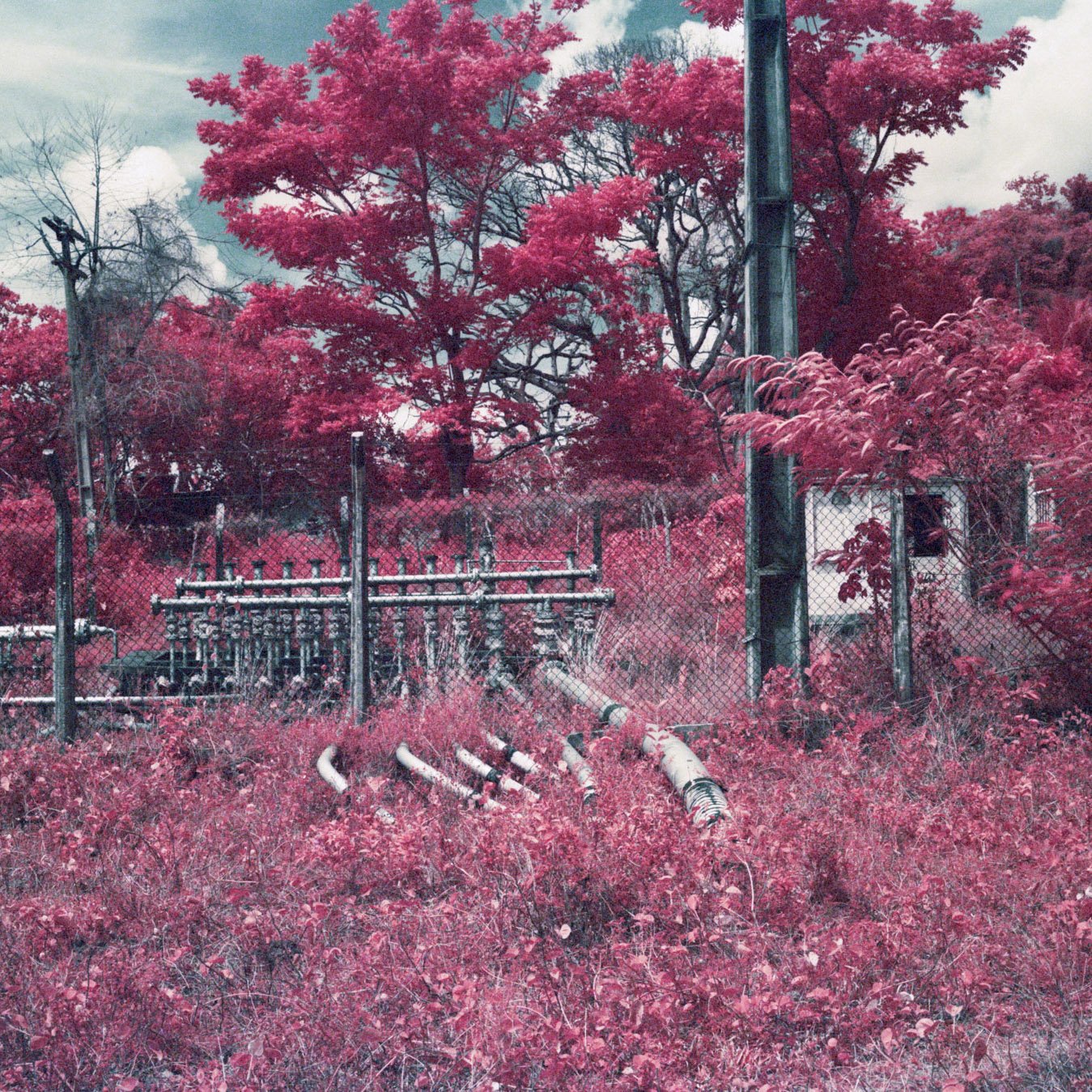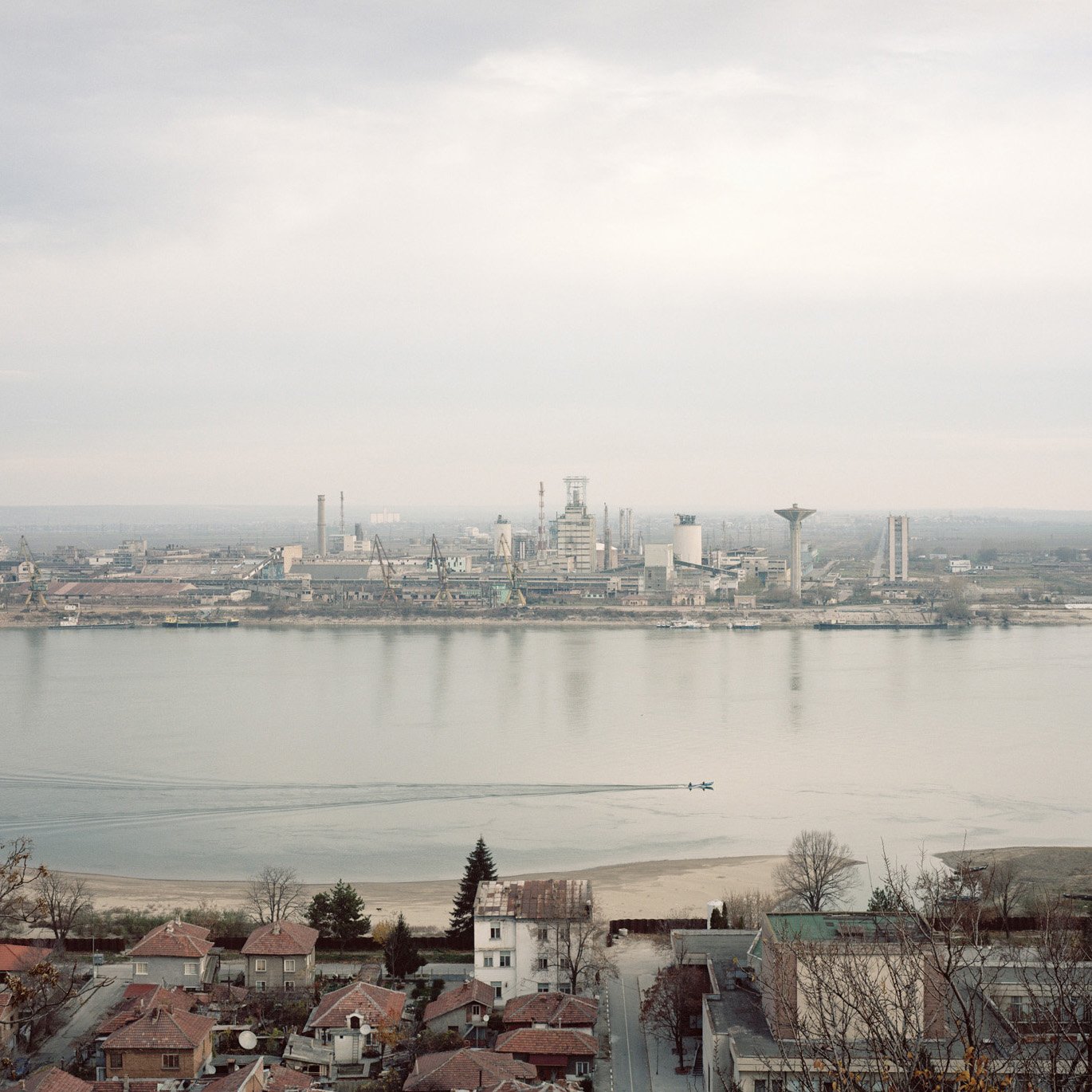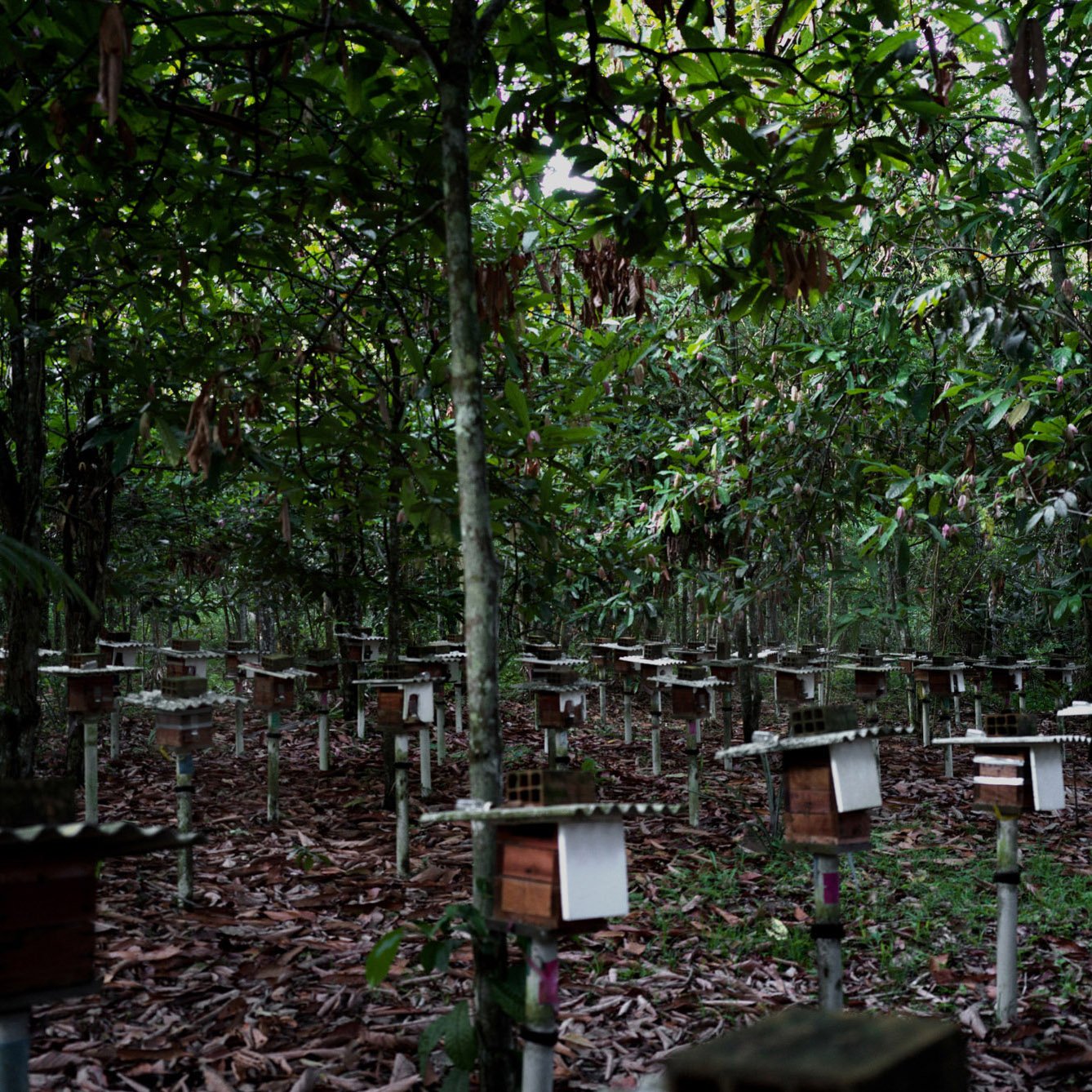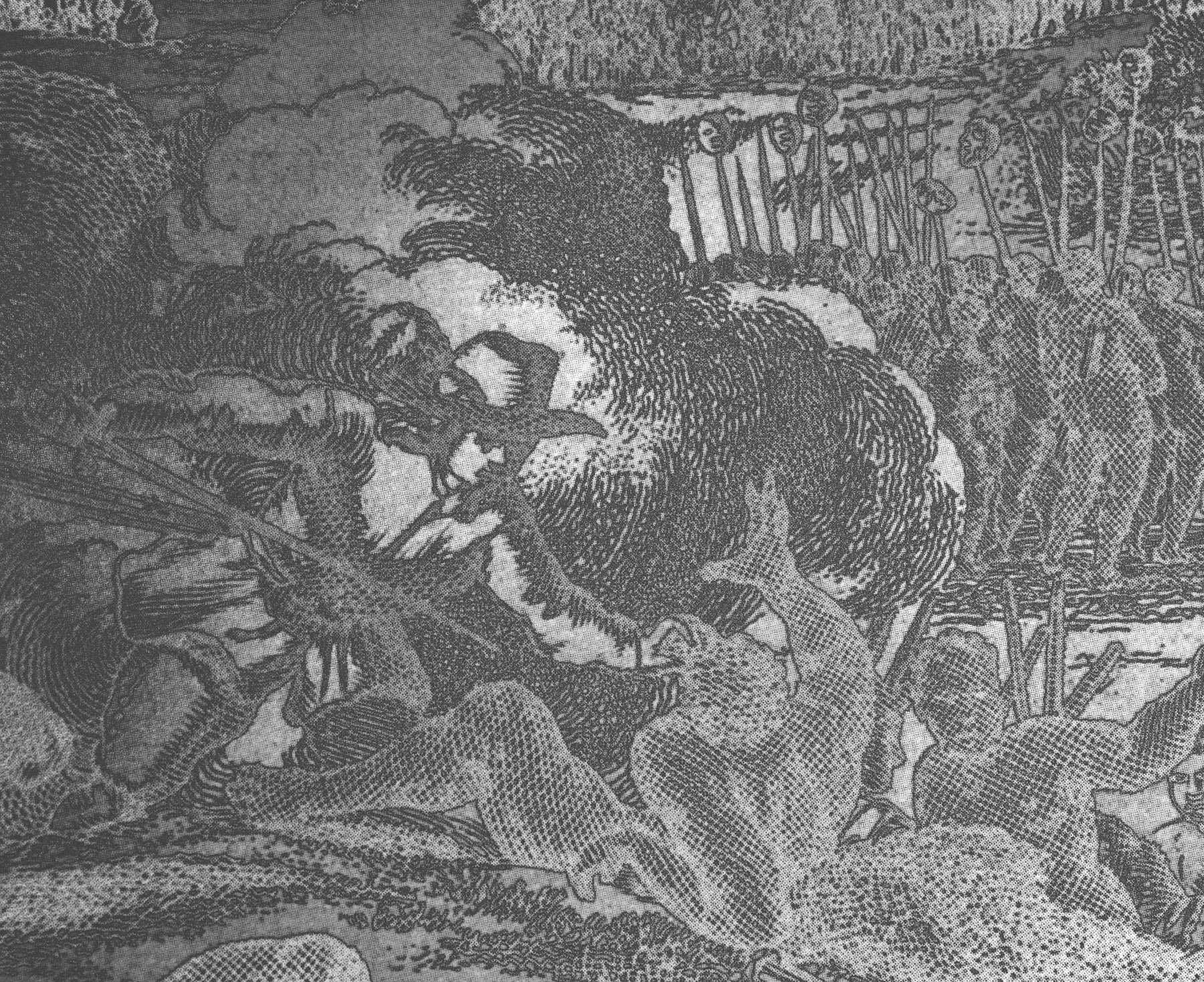
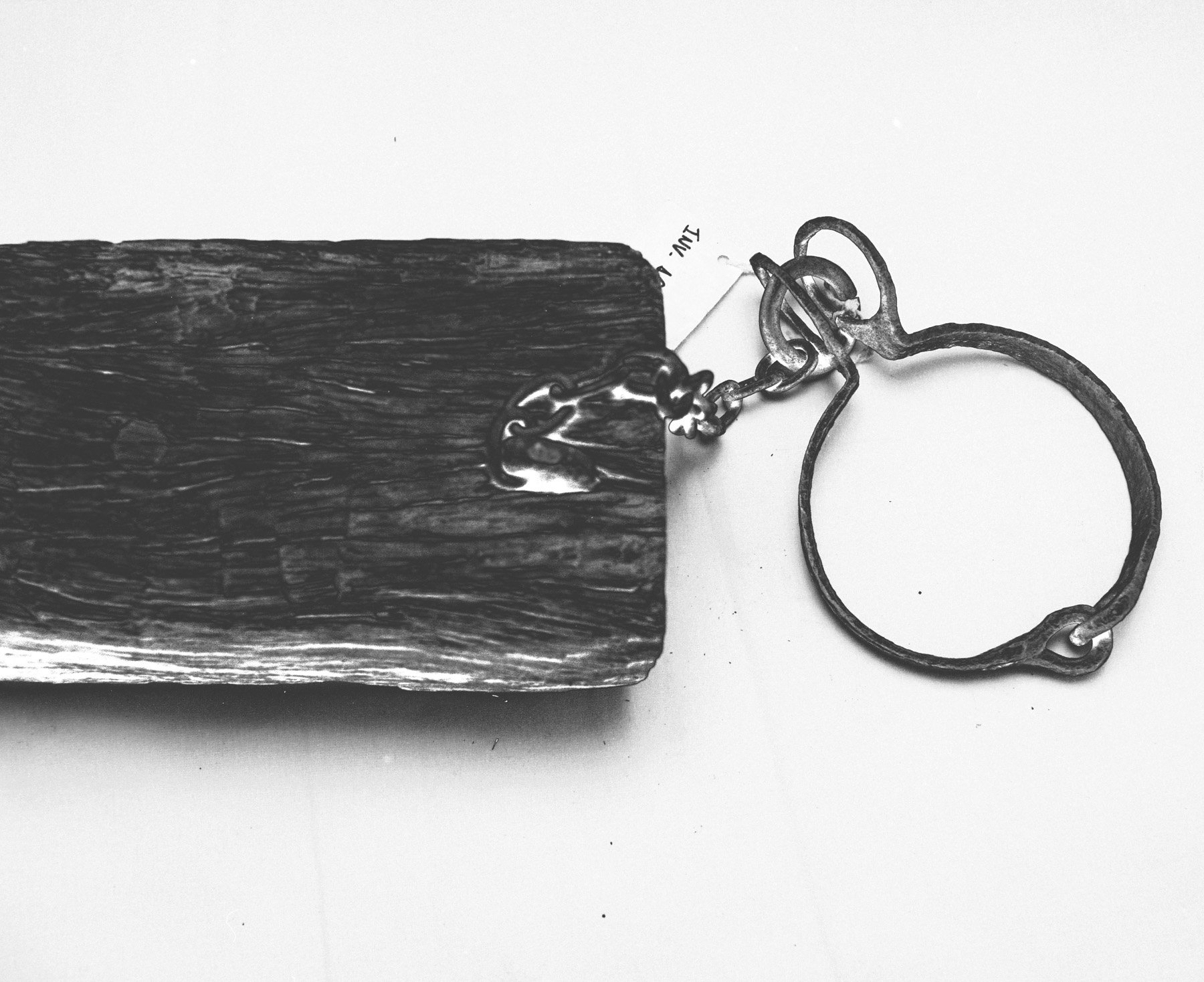
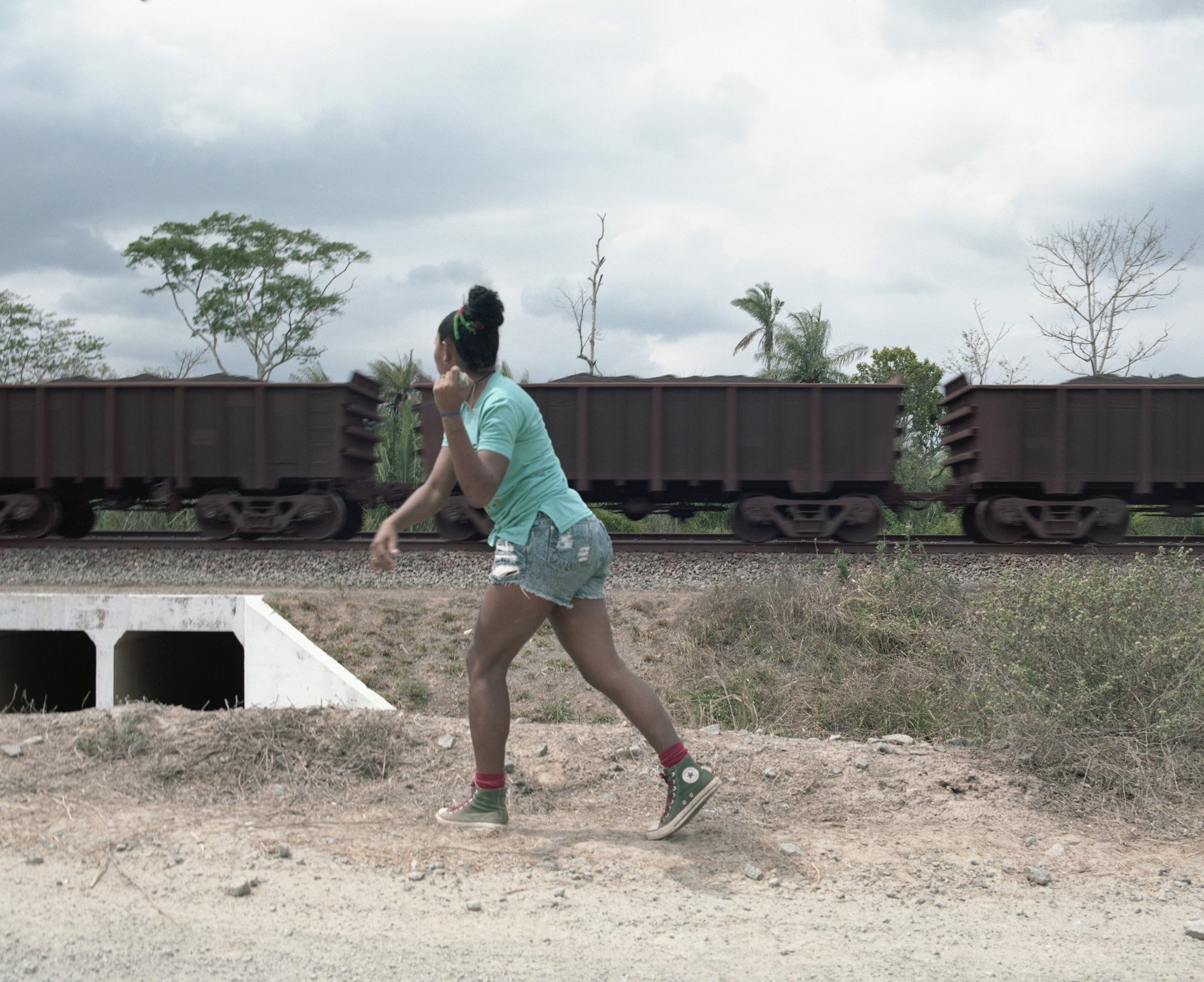
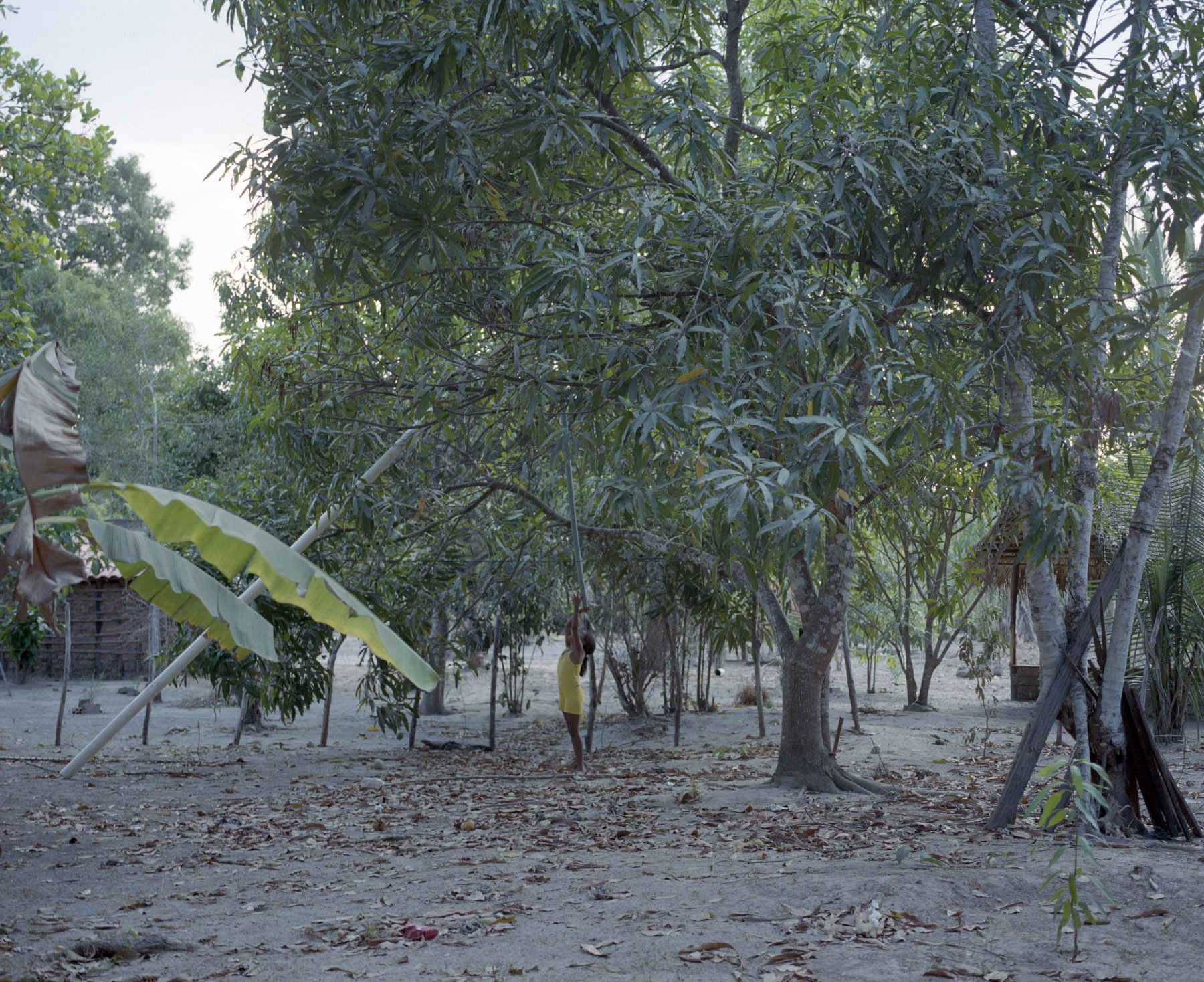
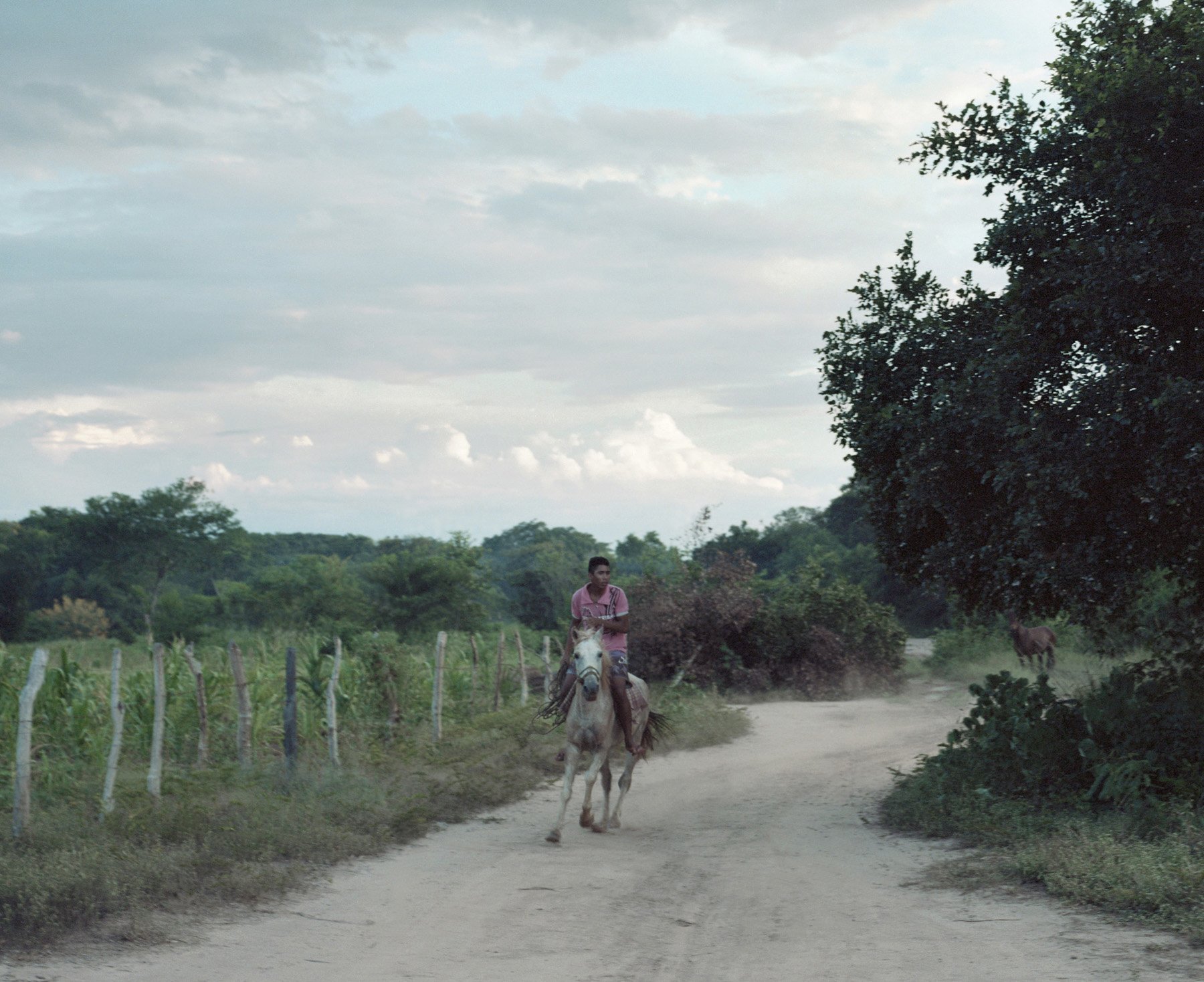
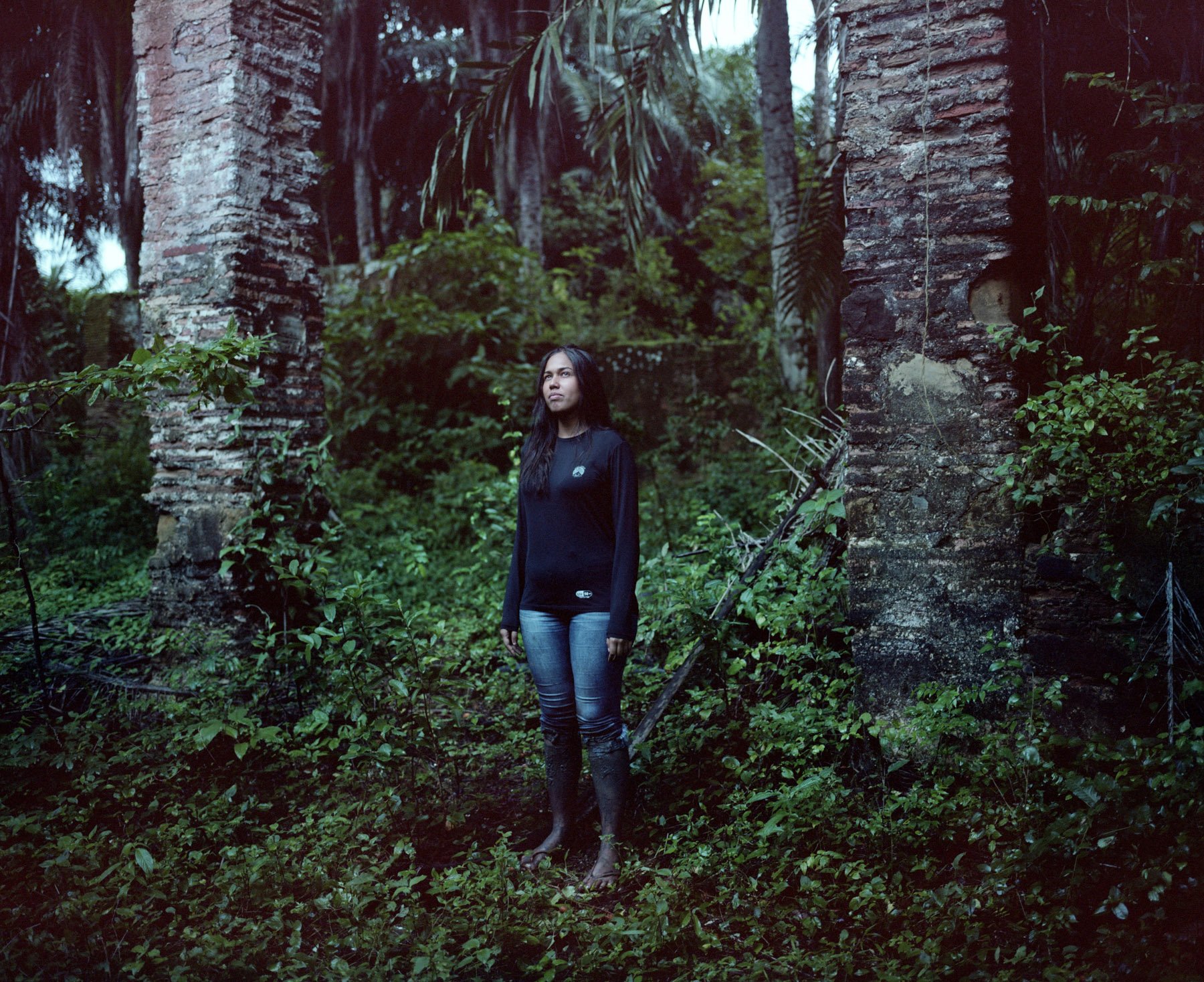
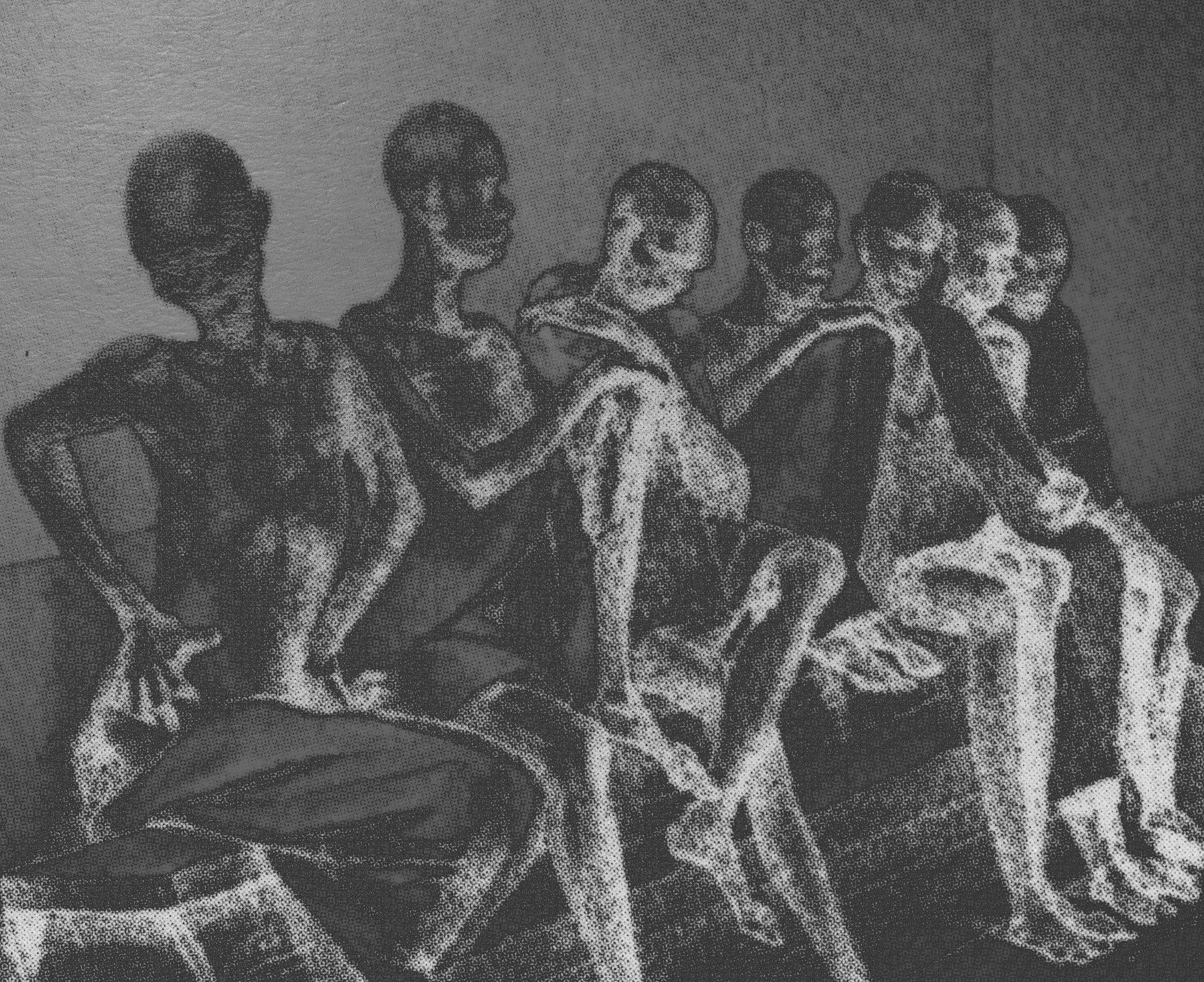
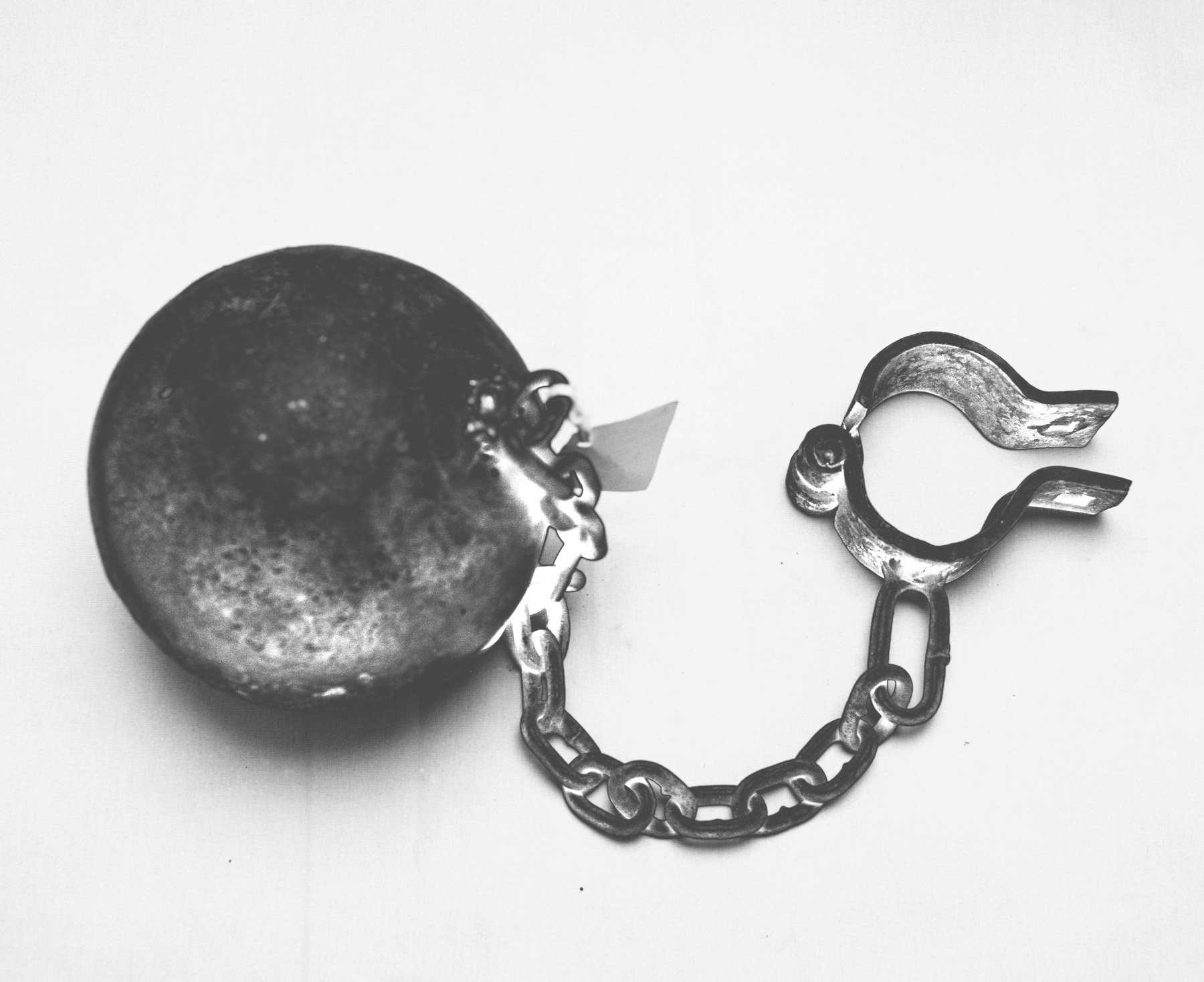
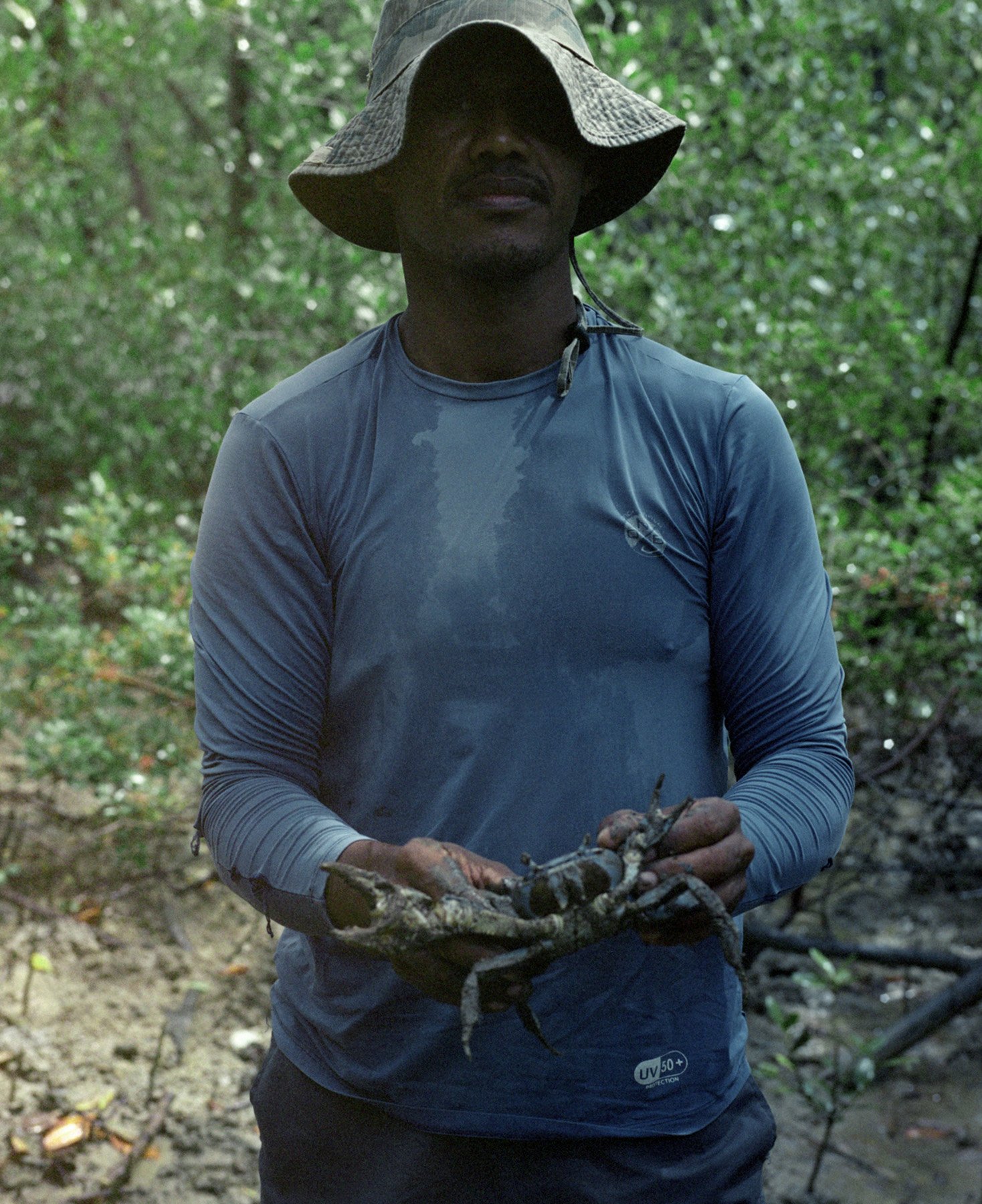
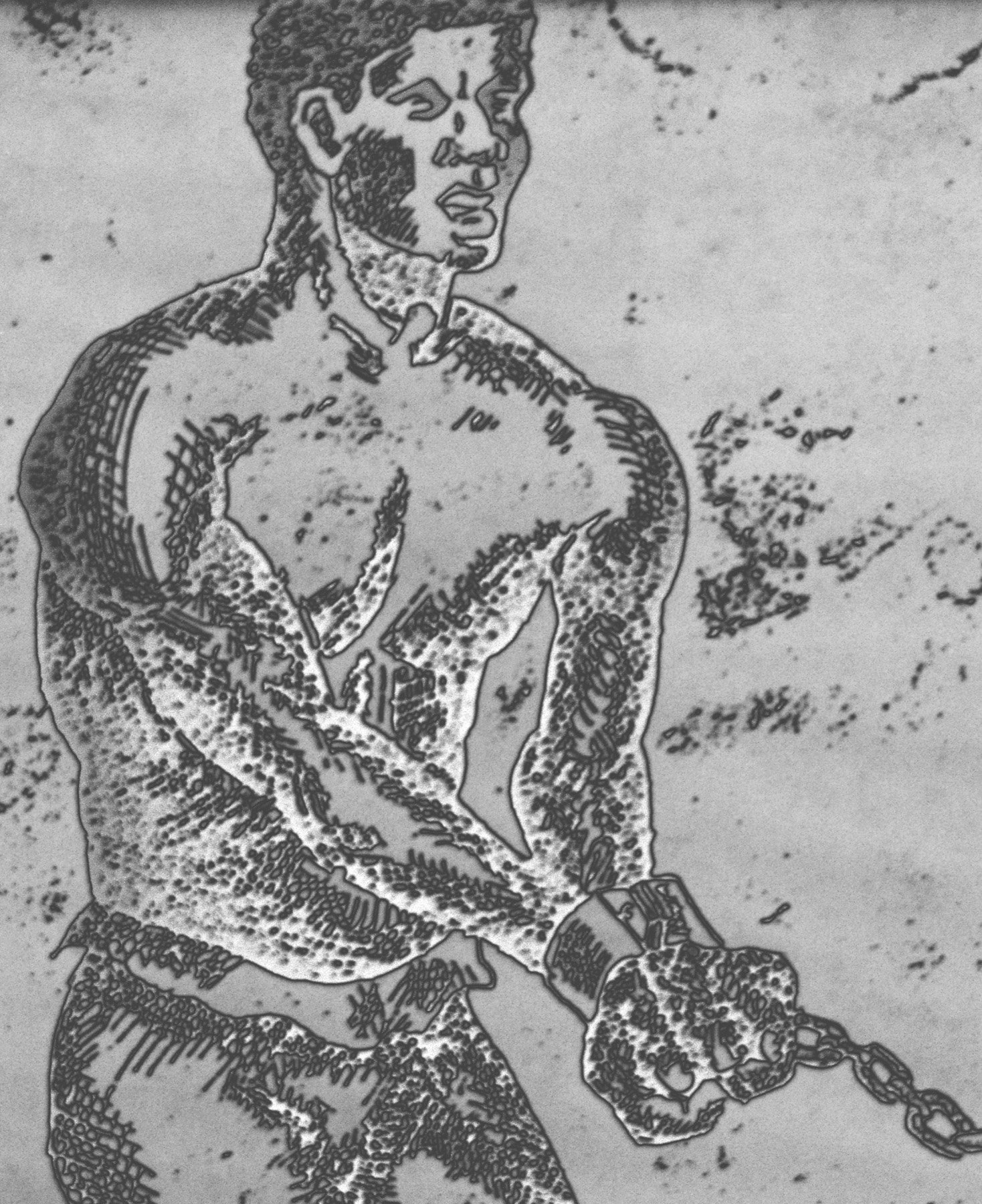
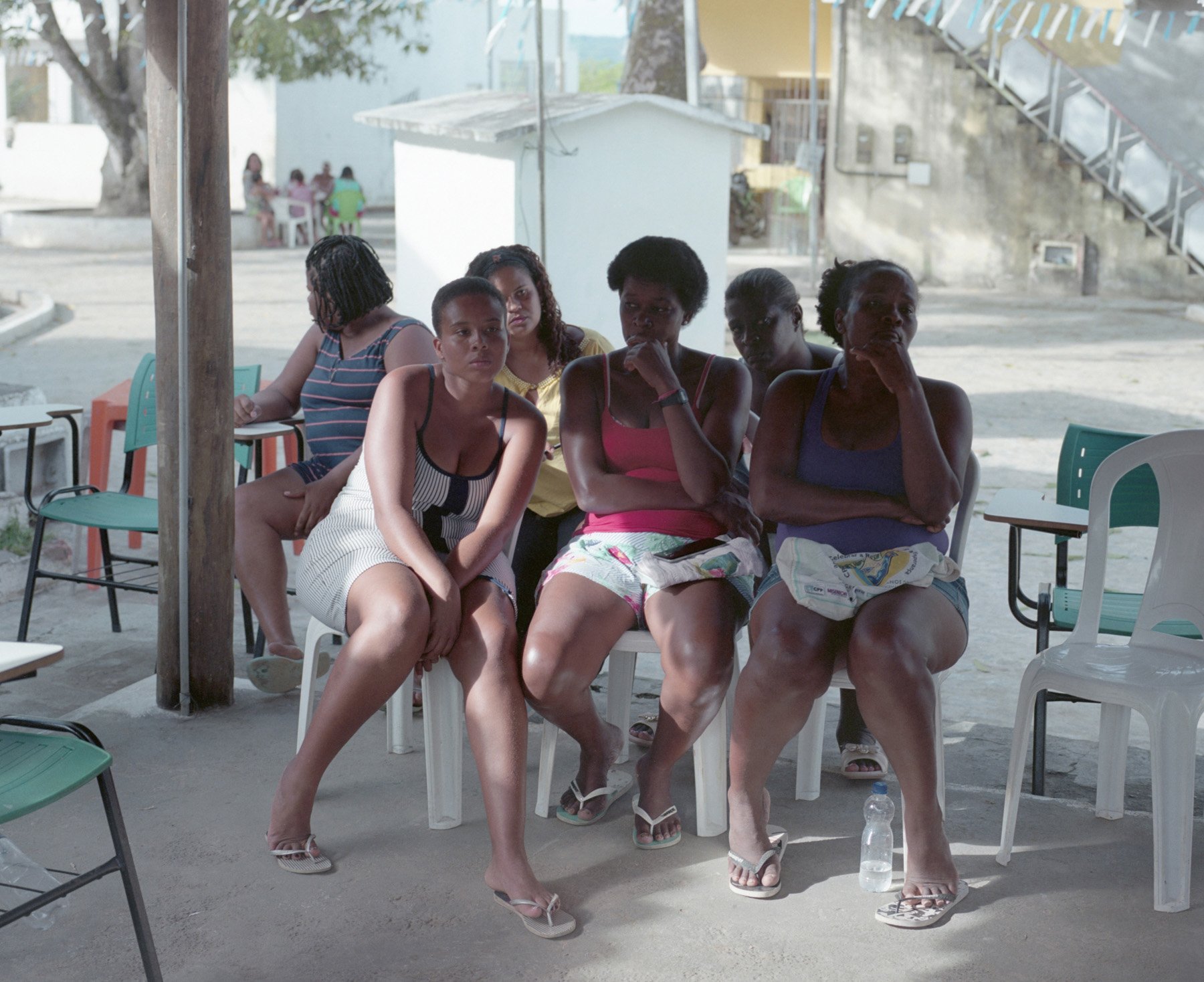
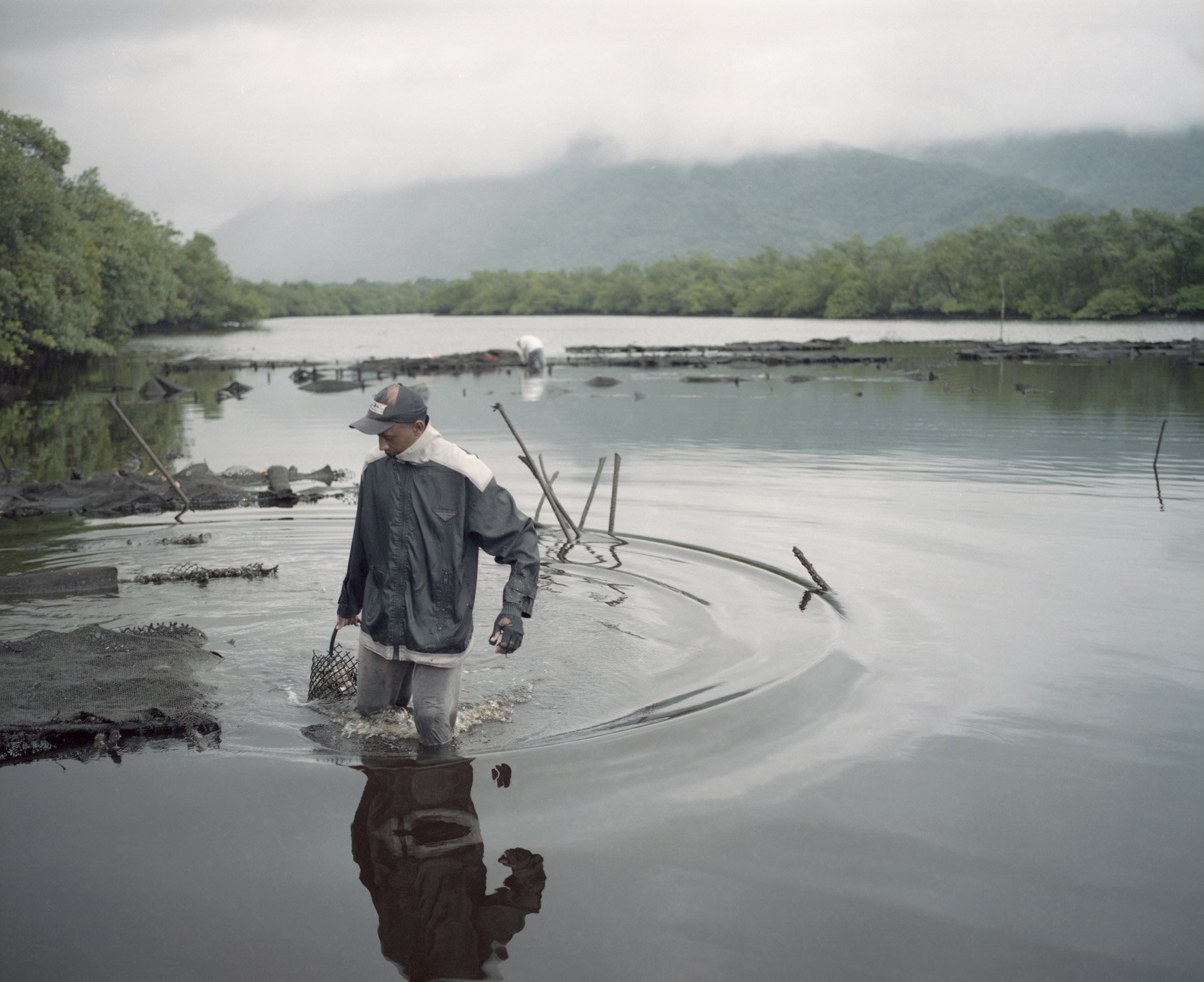
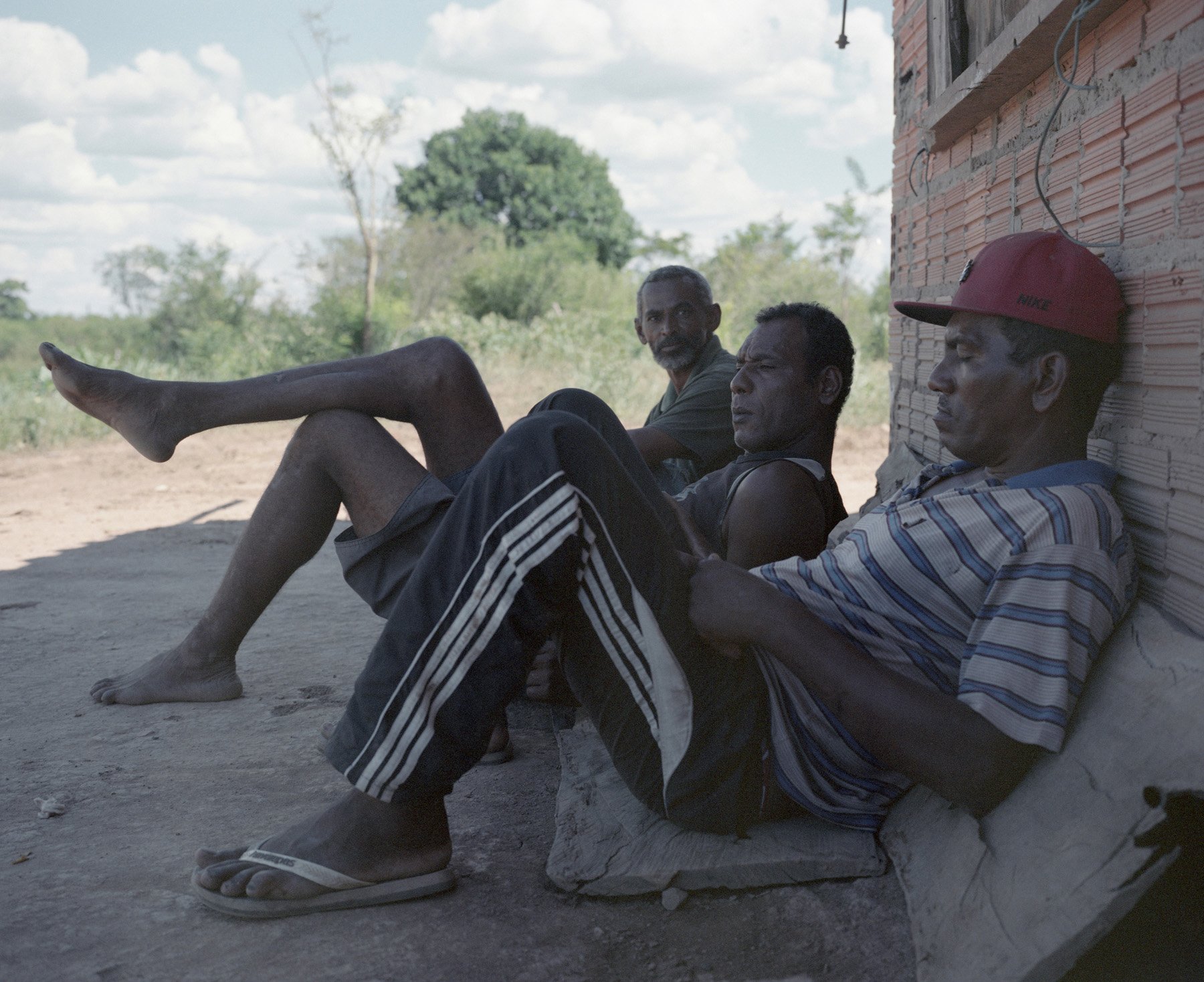
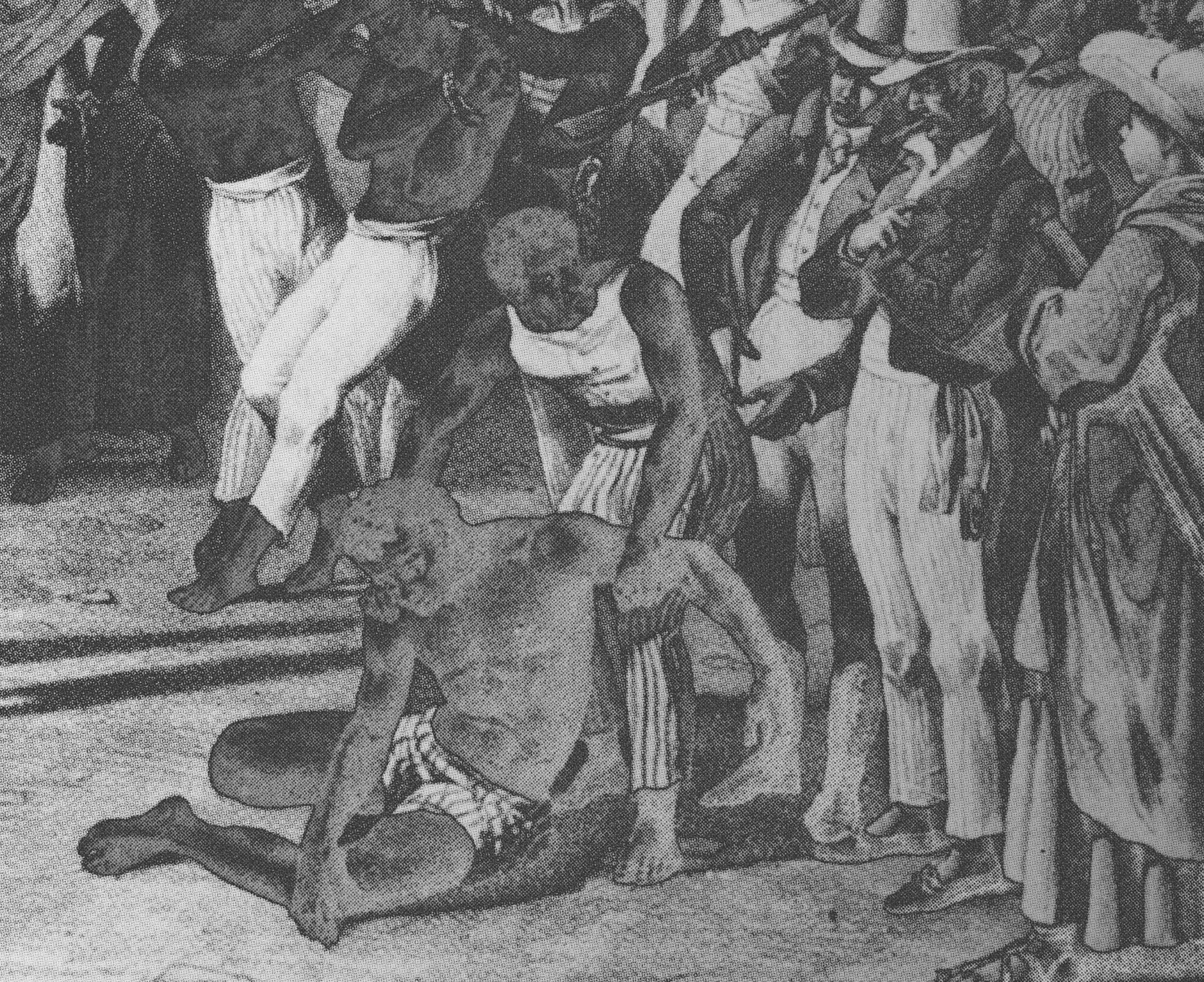
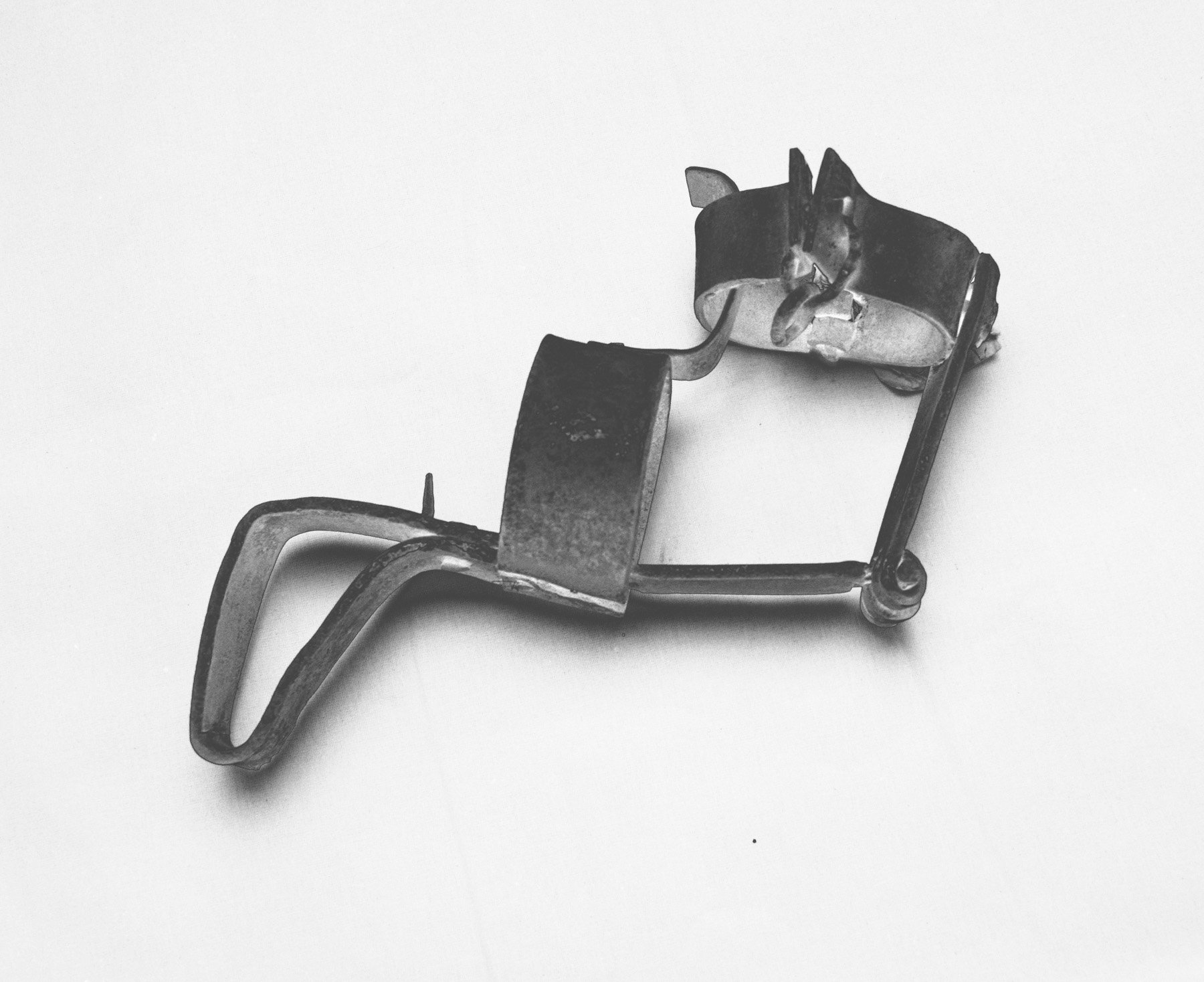
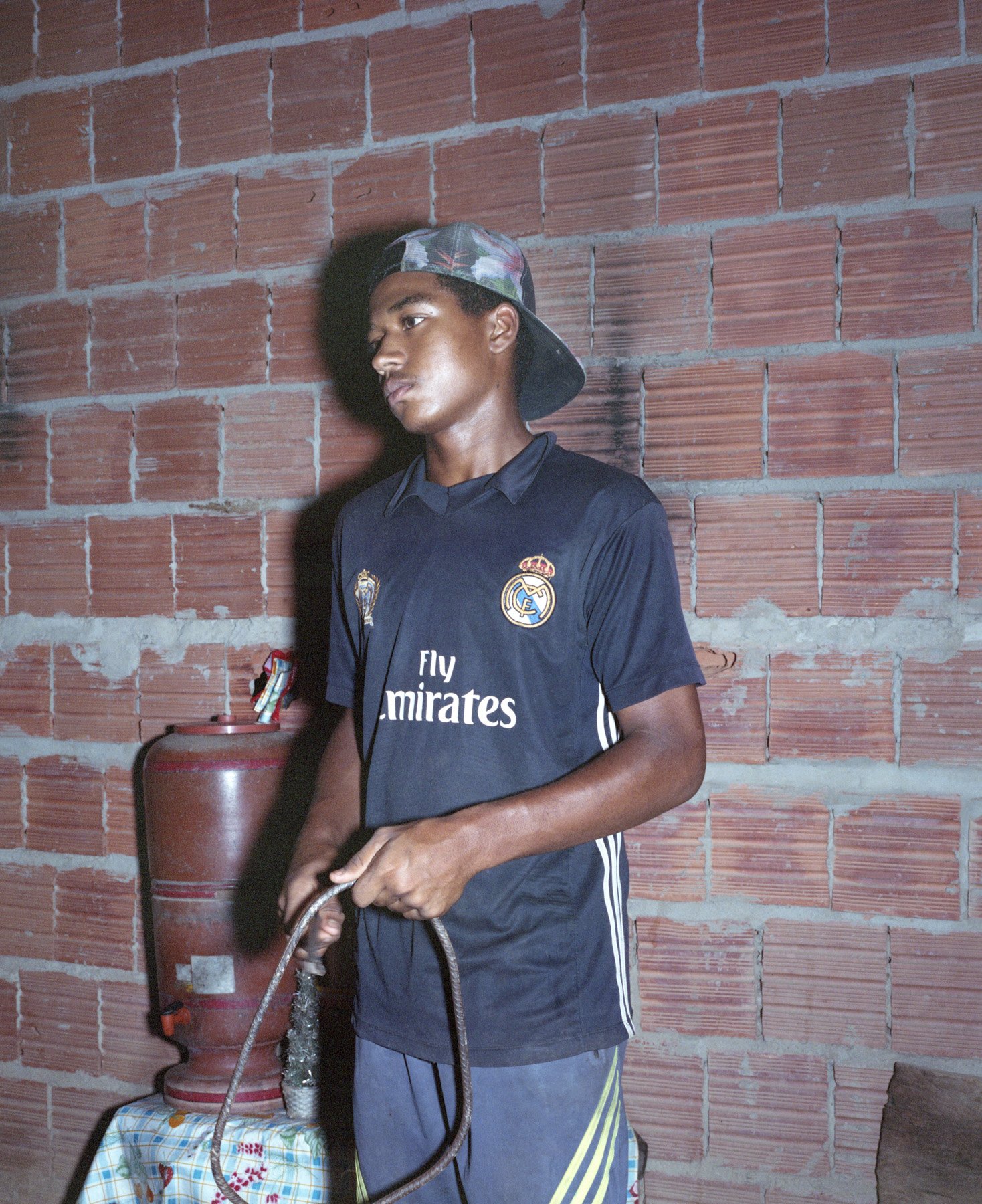
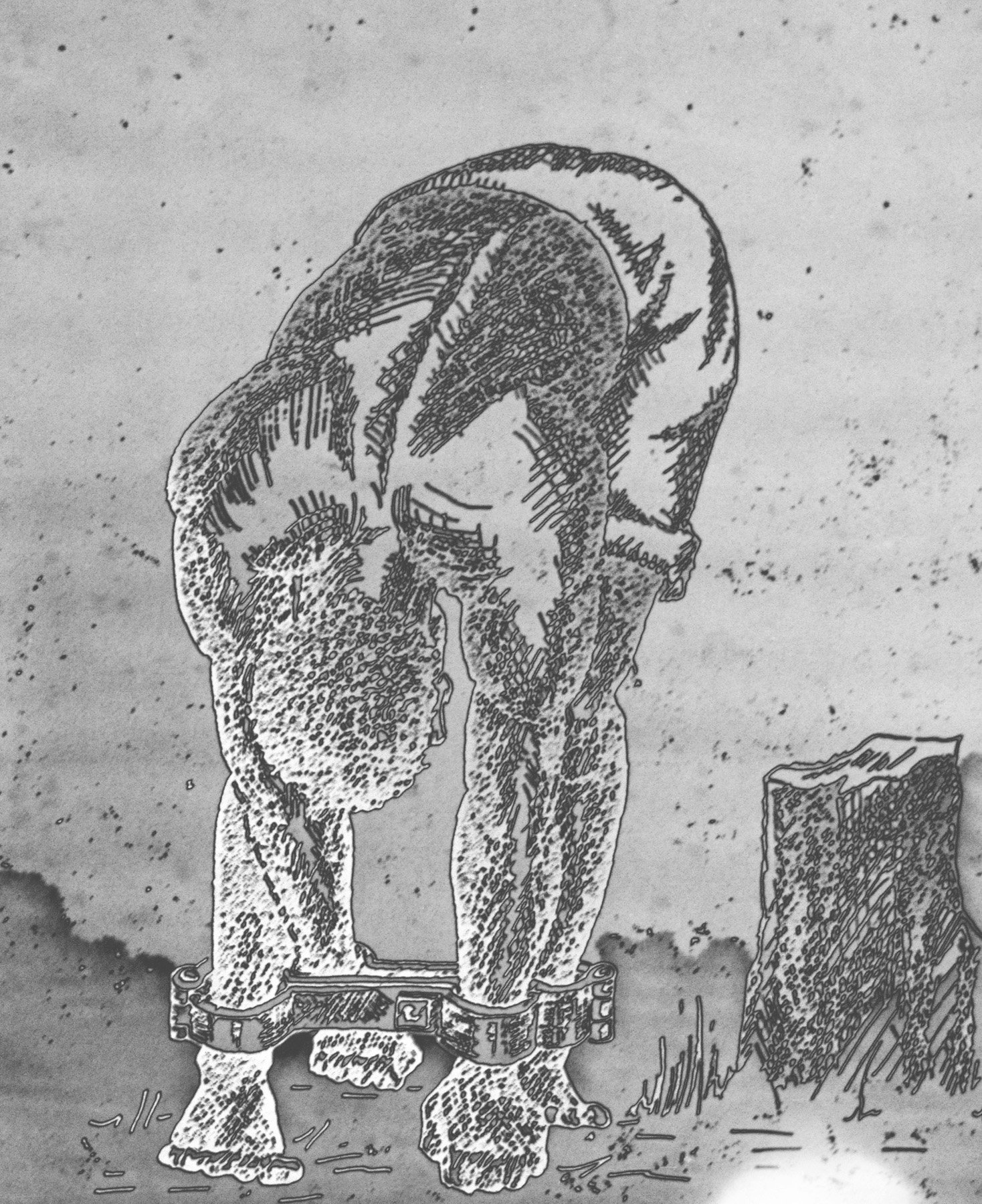
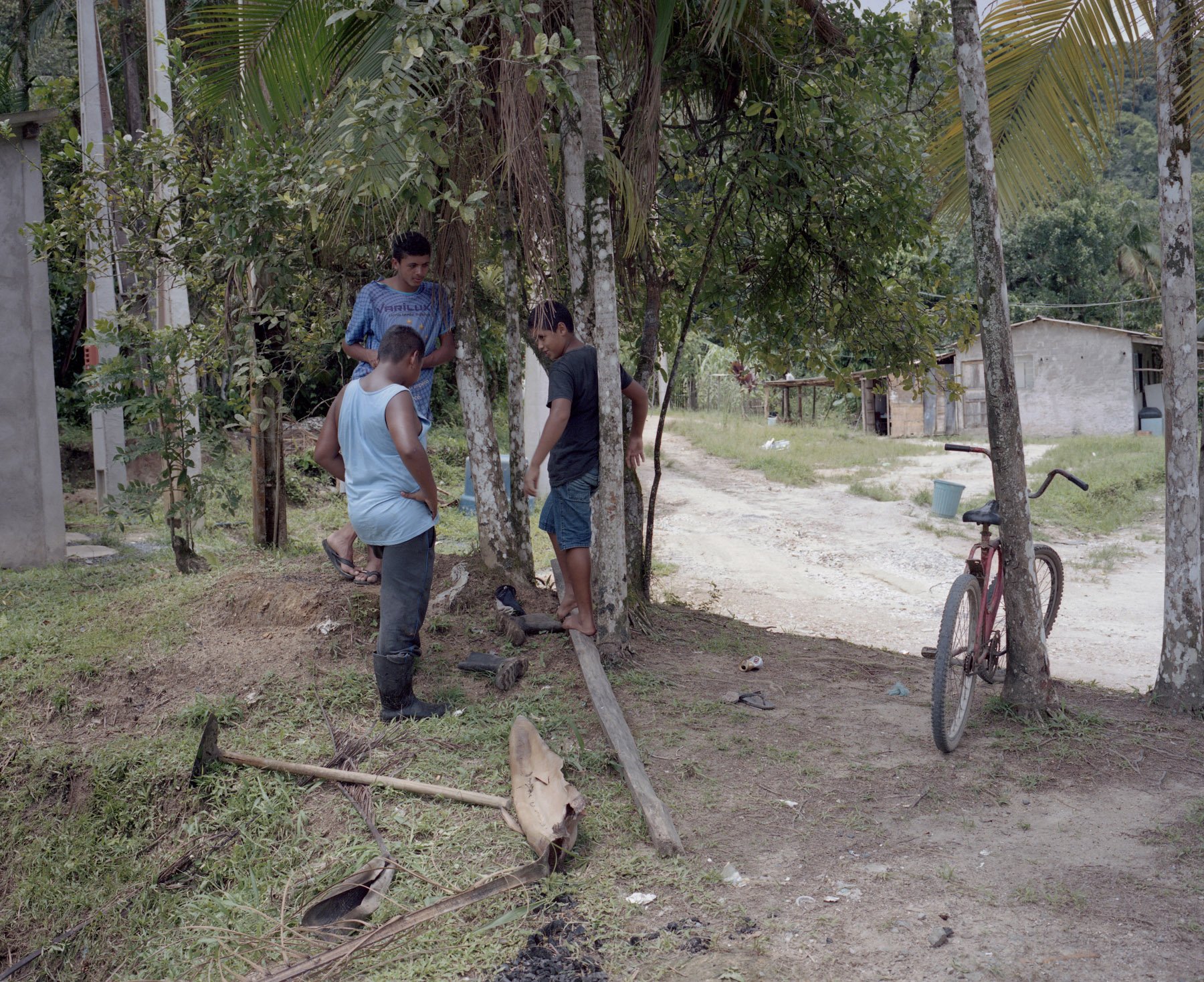
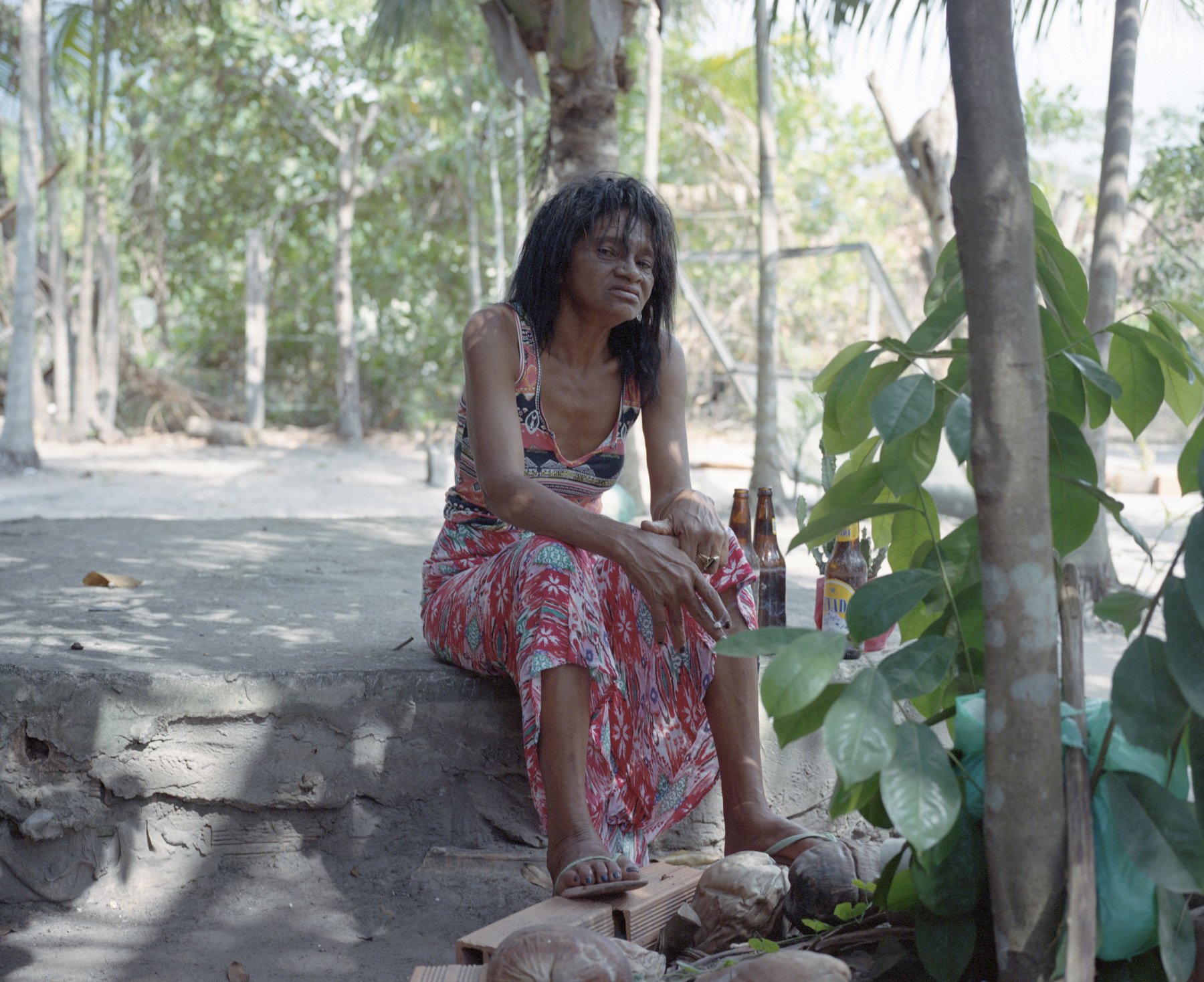
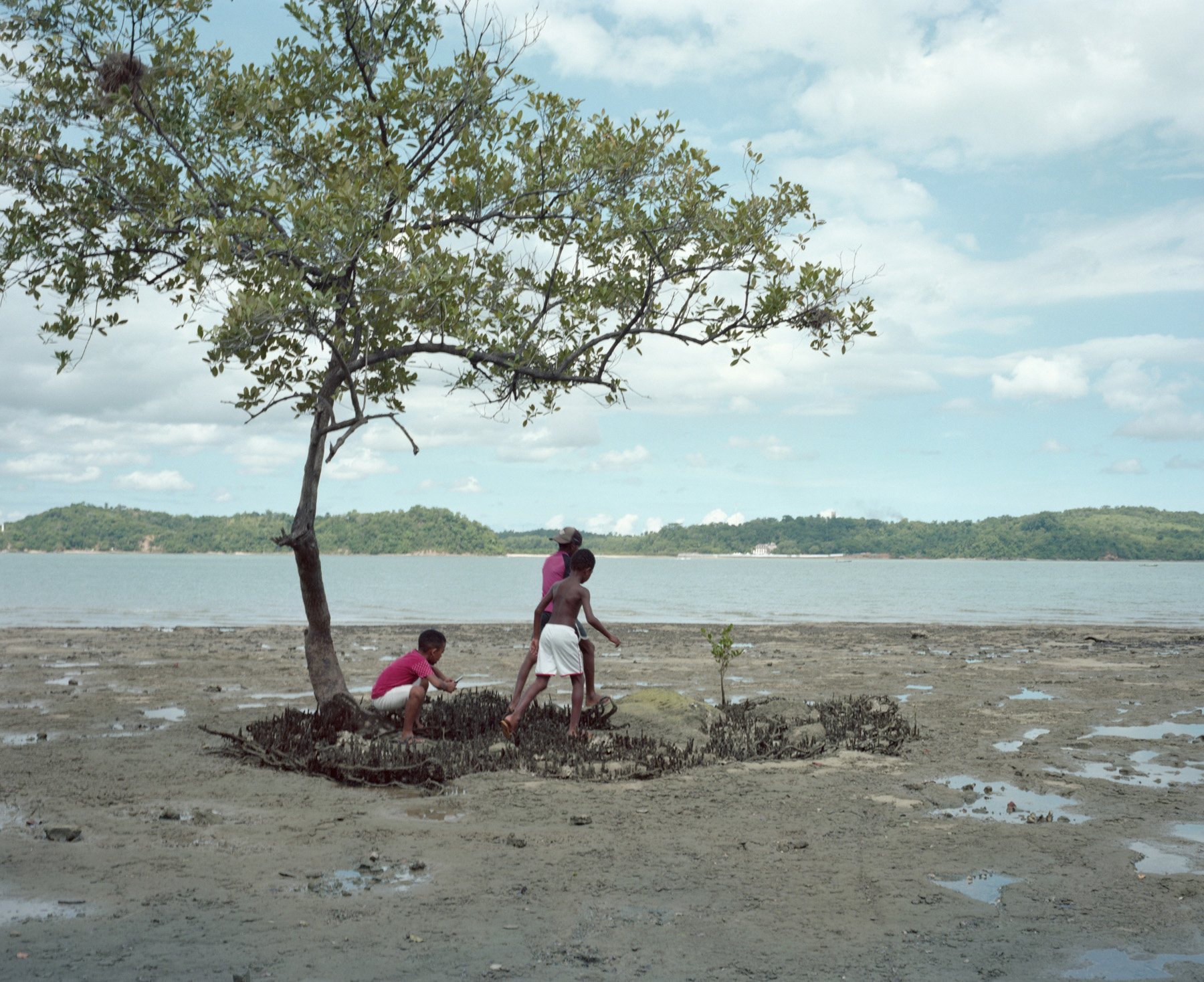
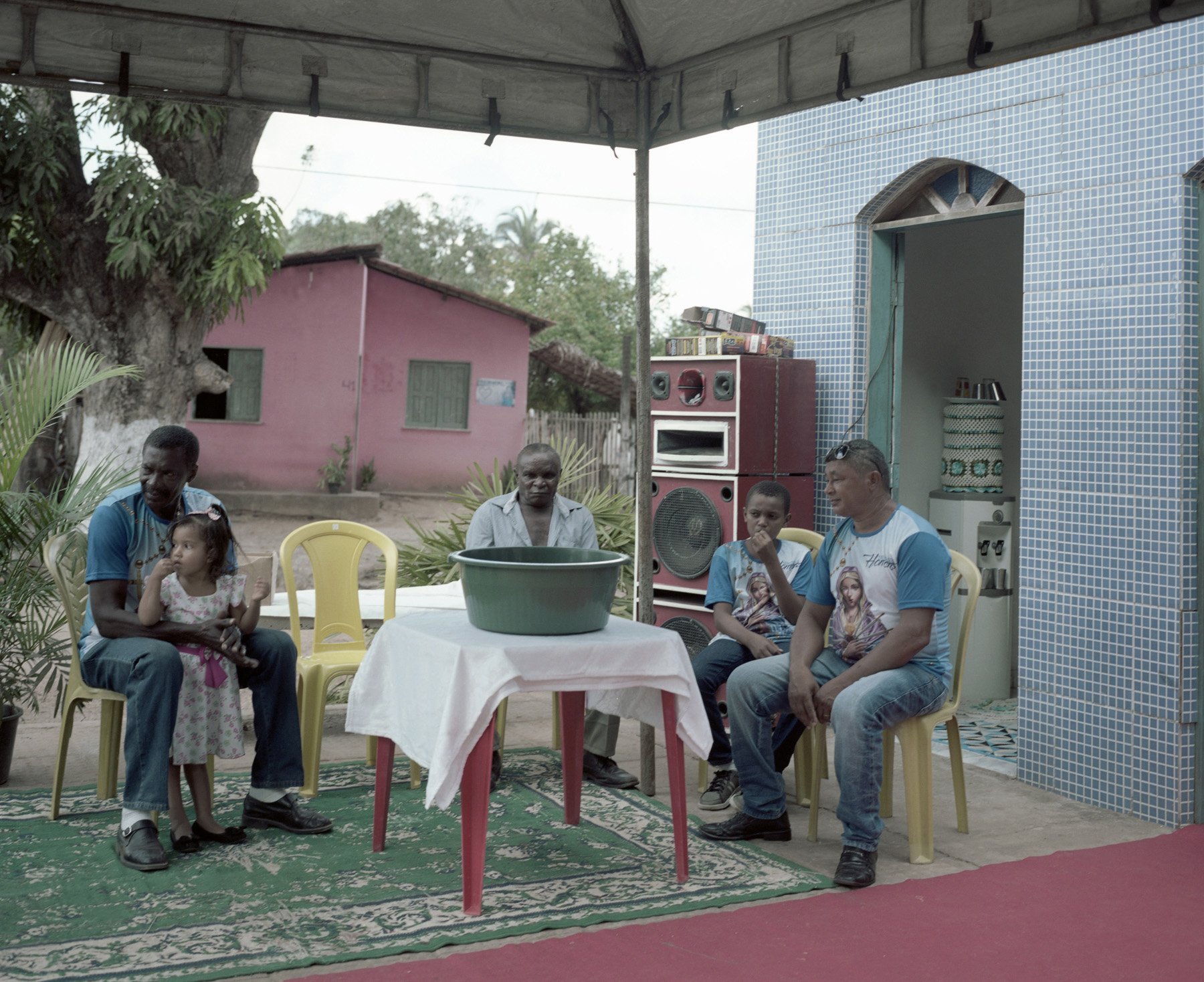
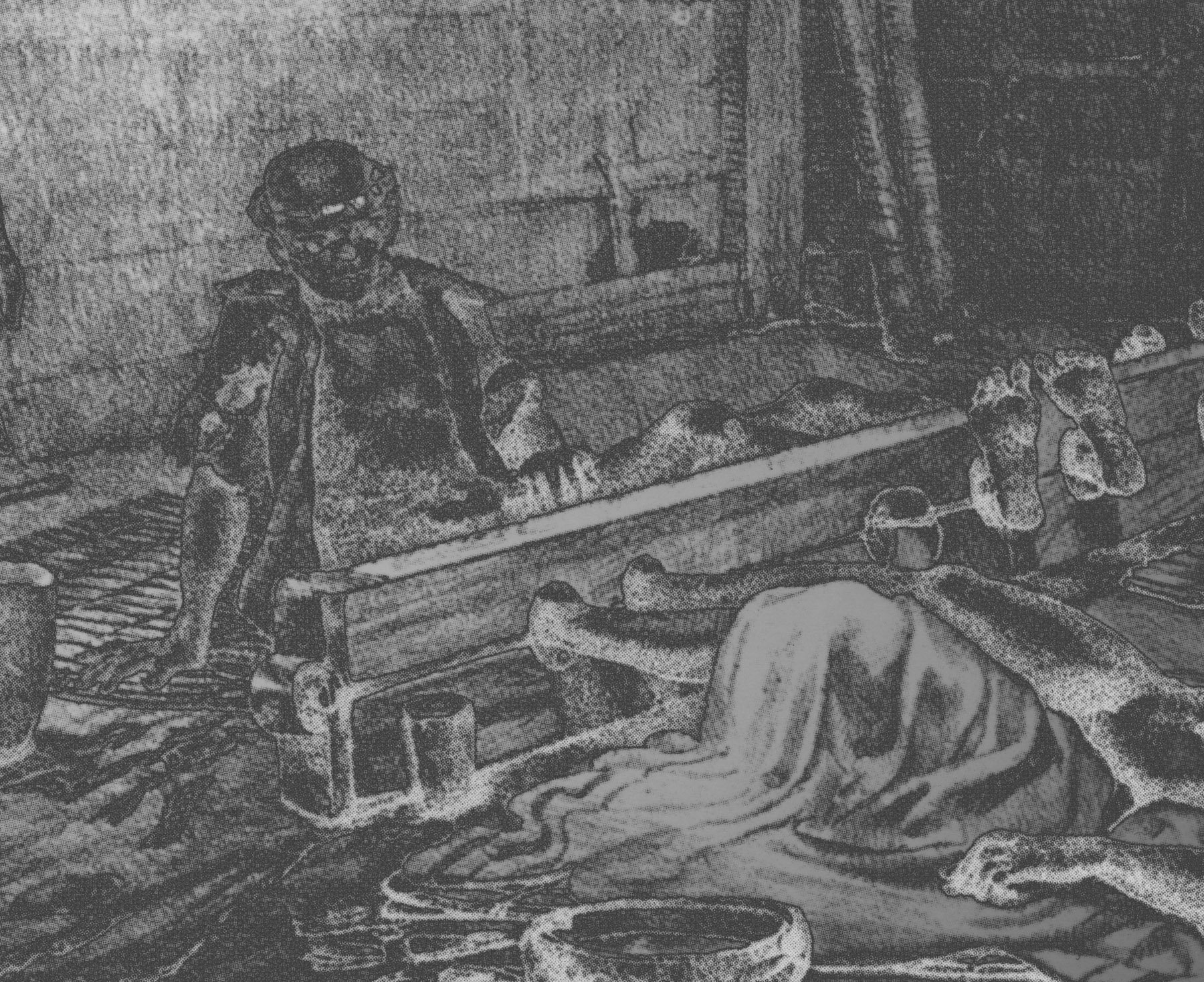
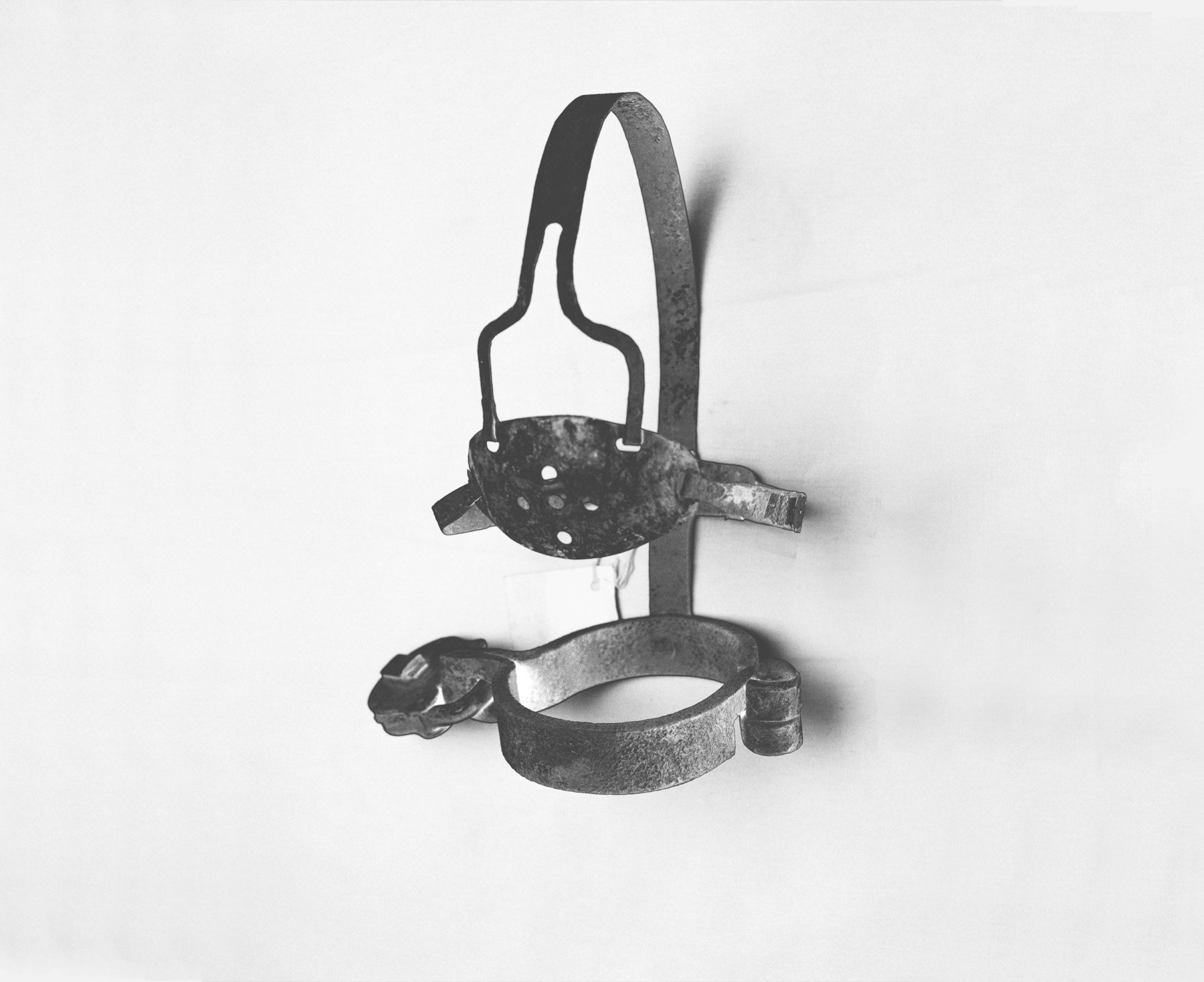
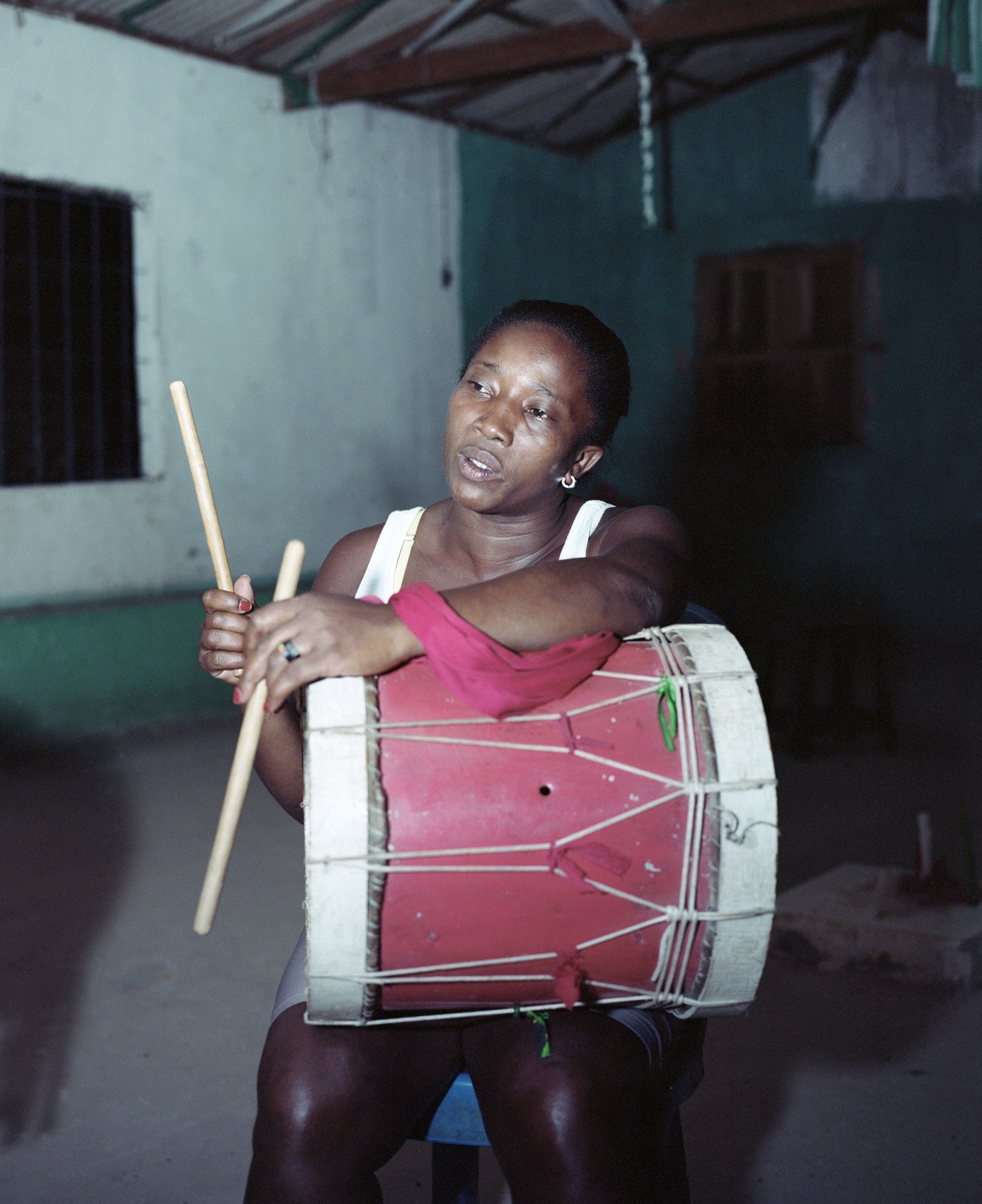
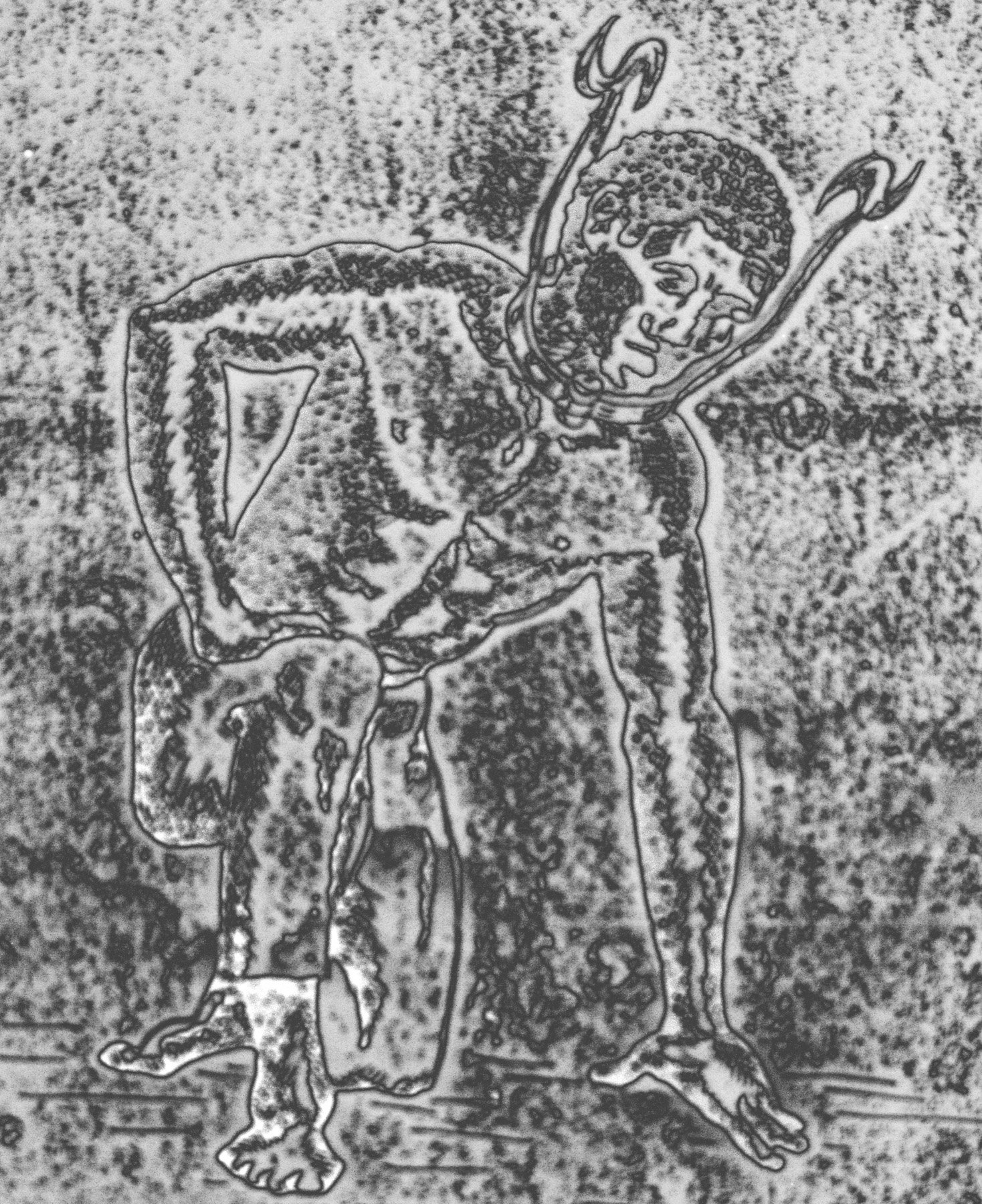
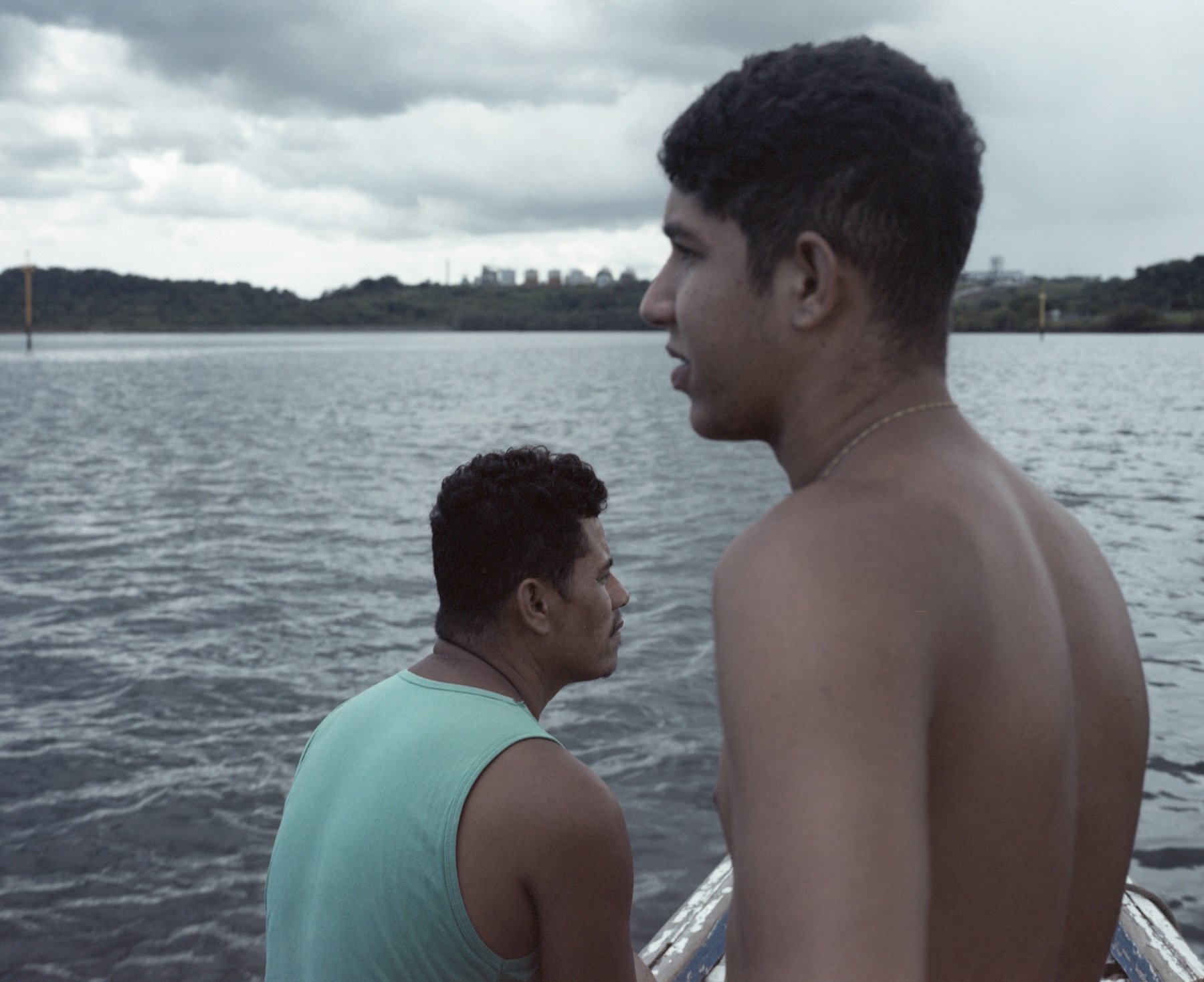
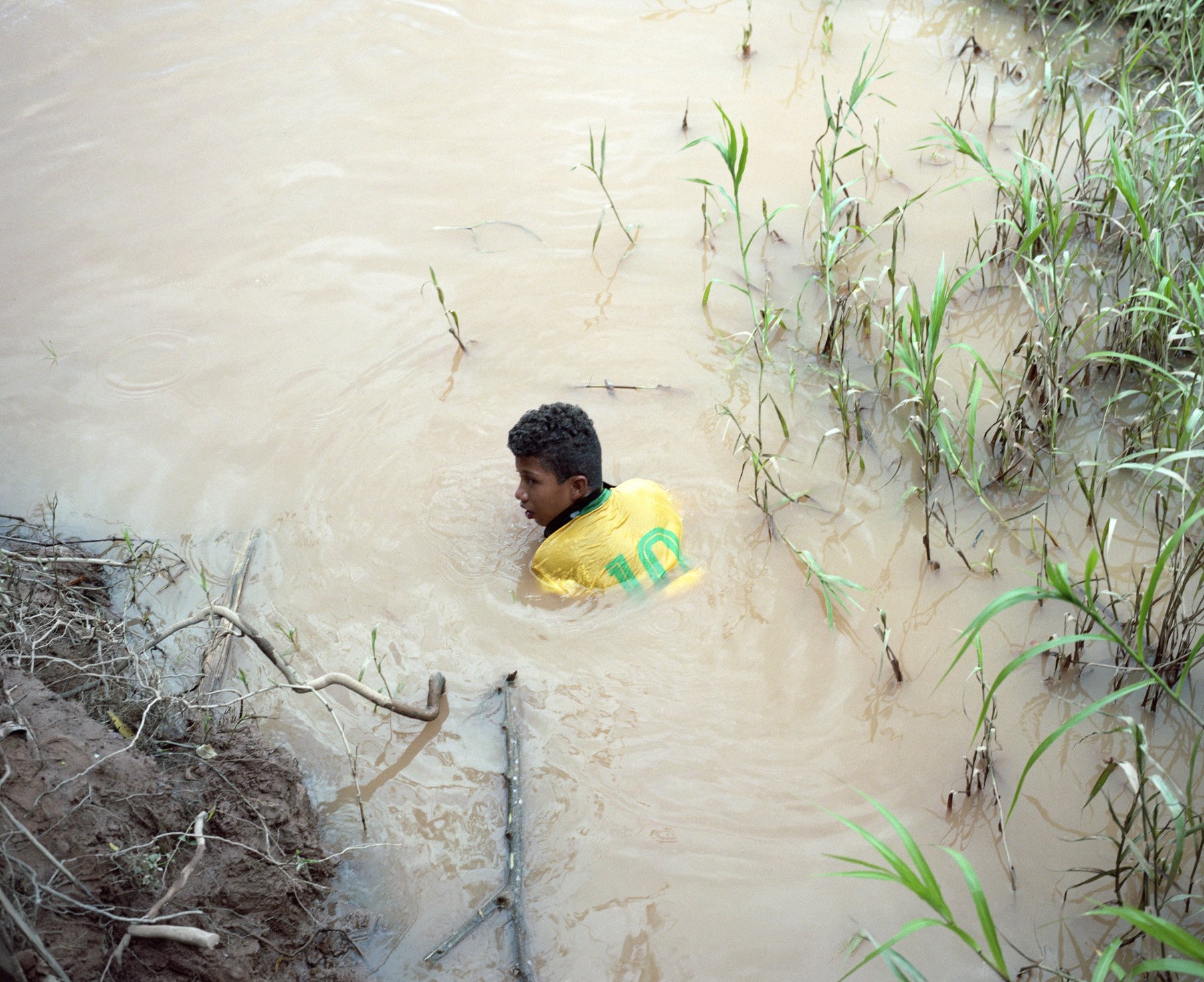
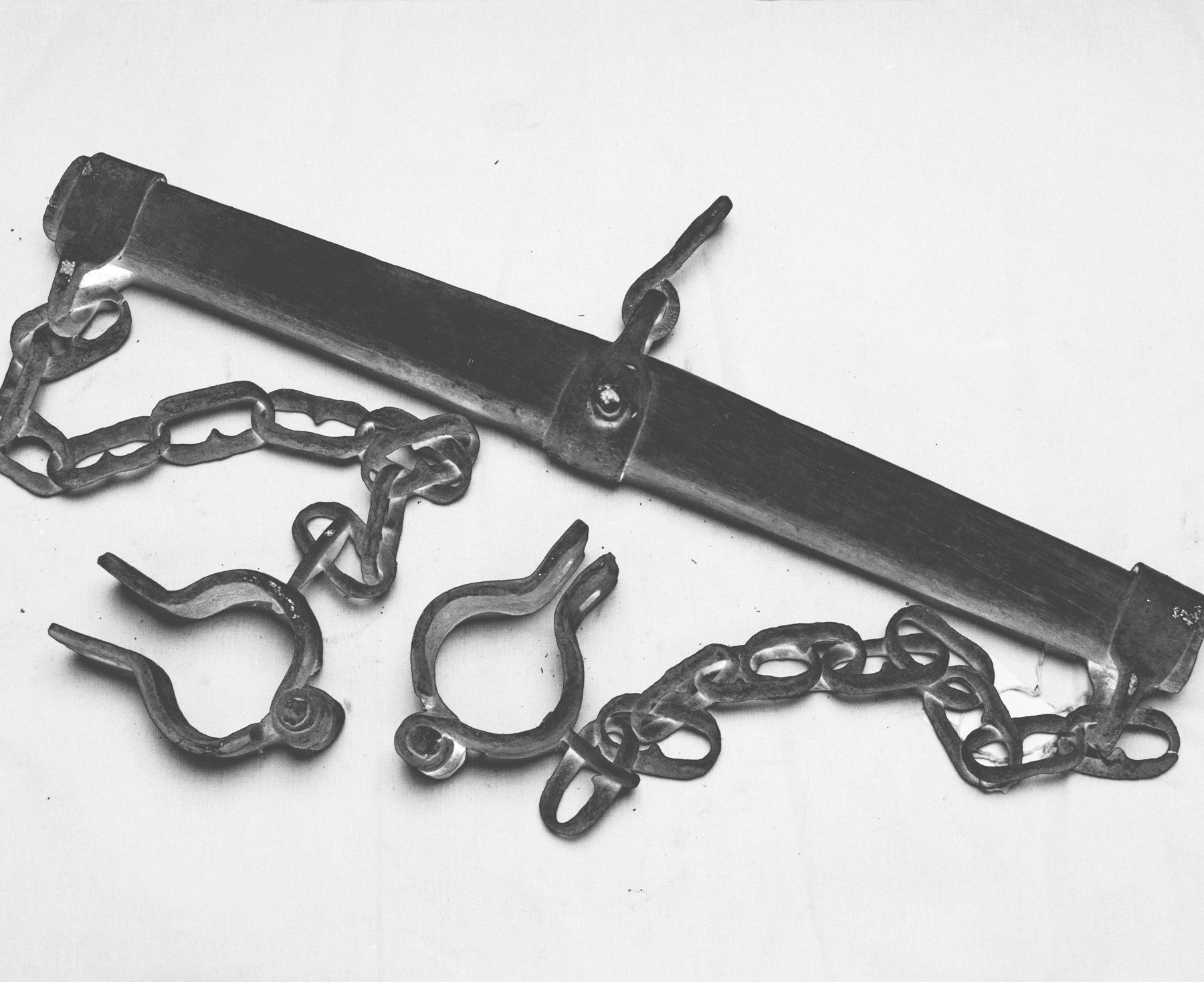
Frames of struggle
Systemic Racism: Discrimination or unequal treatment on the basis of membership in a particular ethnic group (typically one that is a minority or marginalized), arising from systems, structures, or expectations that have become established within society or an institution.
Quilombo: A remote settlement originally founded as a refuge by fugitive slaves or their descendants. The remaining quilombo communities were granted special land rights under the Brazilian constitution of 1988.
The Portuguese colonization and the Atlantic Slave Trade are the historical reasons at the bases of the presence of black African people in Brazil. From the XVI century, African black people — mostly from the Western African region — where captured and deported to Brazil to work as slaves in the plantations and the mines. Finally in 1888, Princess Isabel signed the “Lei Aurea”, law that abolished the slavery in the country, Brazil was the last country in the World abolishing slavery. The number of slaves gaining freedom with the Lei Aurea was around 700 thousand but the total number of people of color deported as slaves to Brazil from the beginning of the Atlantic Slave Trade to 1888, the year of the Lei Aurea, has been around 4.8 millions. The abolishment of slavery didn’t solve the racism; in a country ruled by a white social class first and by a white military dictatorship it becomes today a systemic racism. Today the ancestor of the people of color that created the Quilombos in the XIX century are still racial discriminated. The racism is so systemic that the even the life style of the Quilomboas Communities is threaten. In this scenario of systemic, environmental and interpersonal racism the Quilombola’s activist fight to have their rights recognized.
Frames of Struggle | Quadros de Luta contrasts the historical representation of African slaves with images of activism and resistance of Afro-Brazilian Quilombolas. The historical representations structure the work through a photographic reproduction of their details. Historical images of oppression and violence are contrasted with photographs of activists from several Quilombola communities, located in Brazilian territory. The project seeks to build a new narrative/visual history of the Afro-Brazilian subject. Through a dialogue between techniques and contents are intended to present other “struggle frameworks” to dismantle the imagetic racism that guides Brazilian society.


